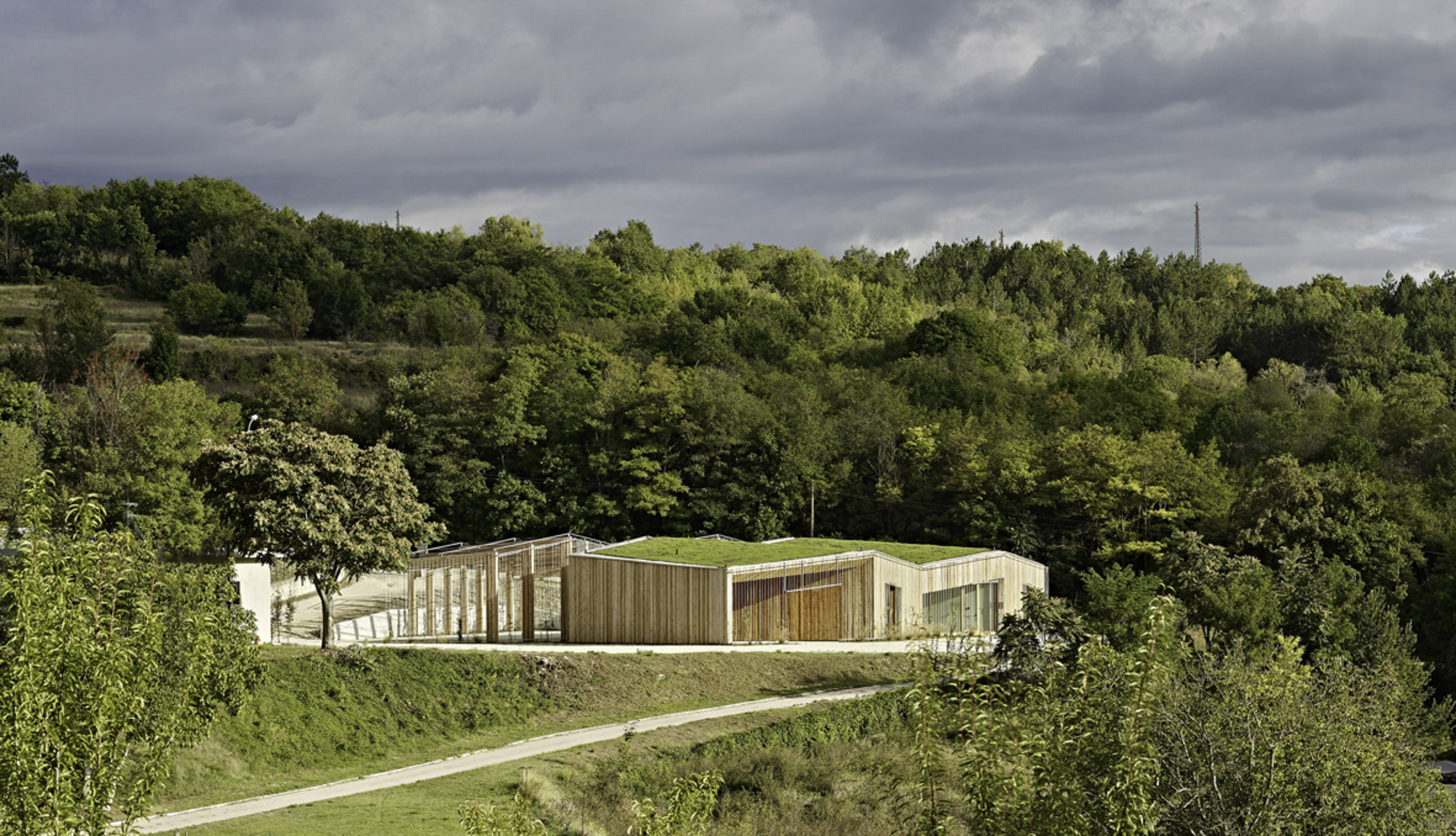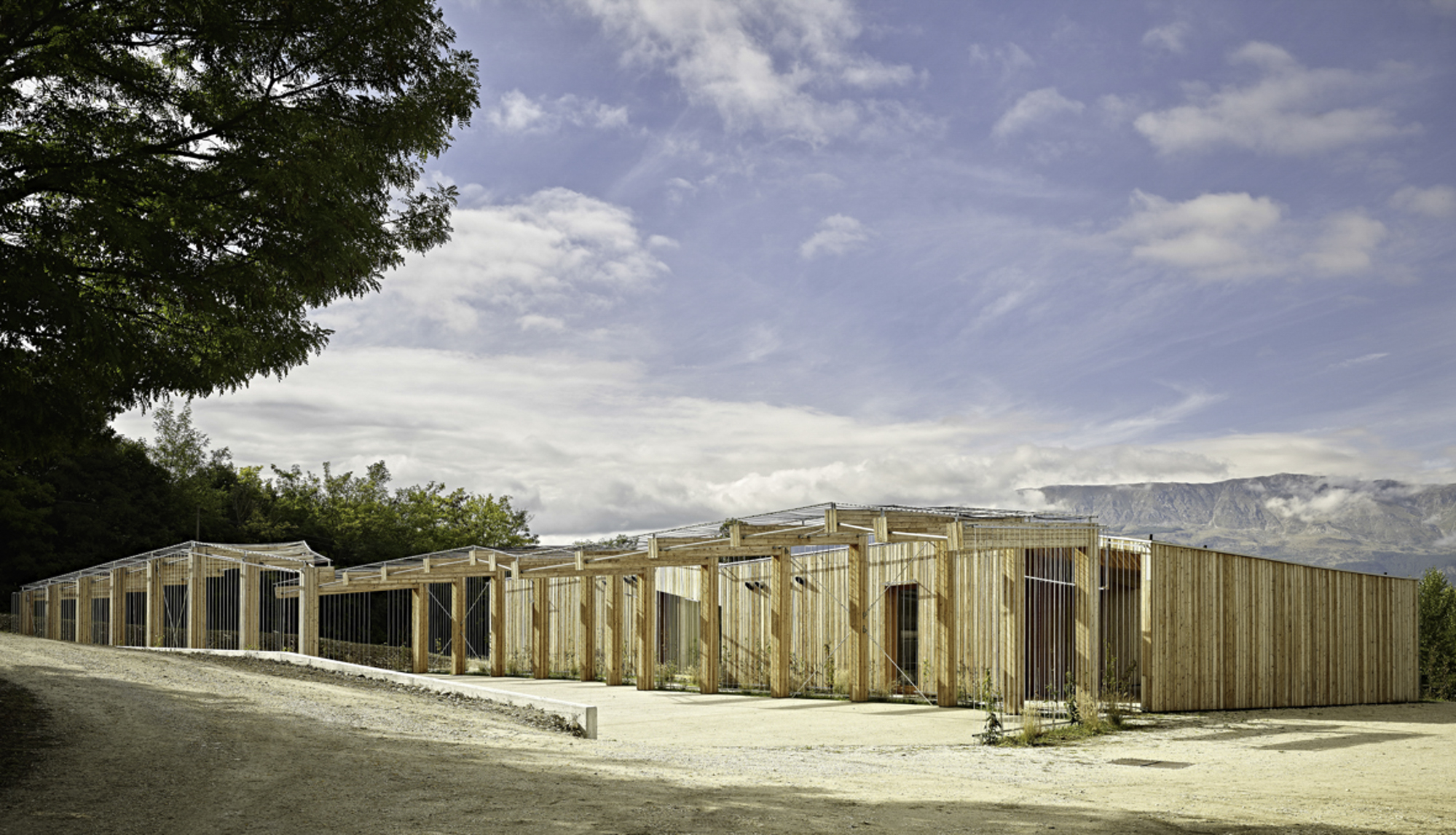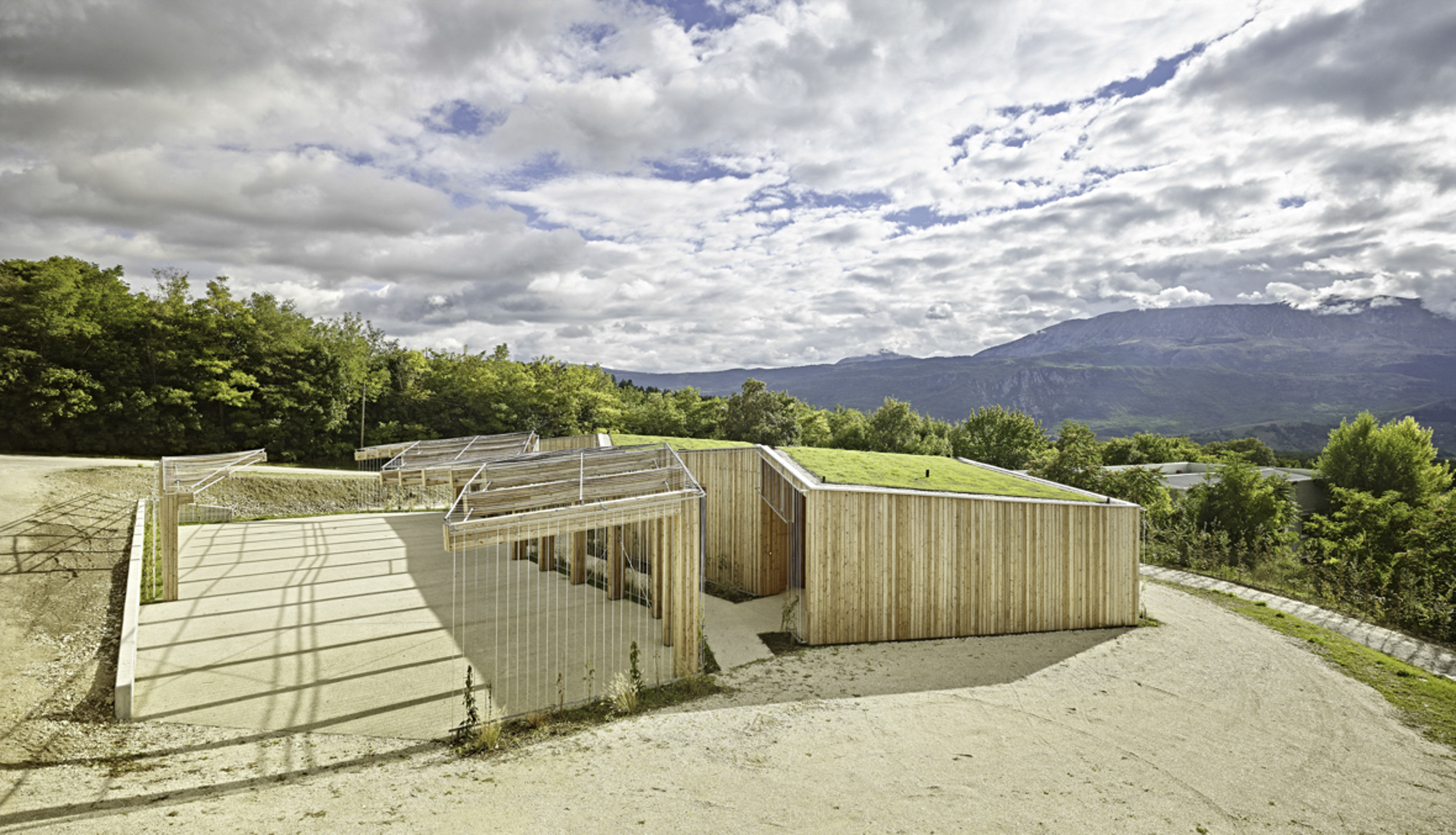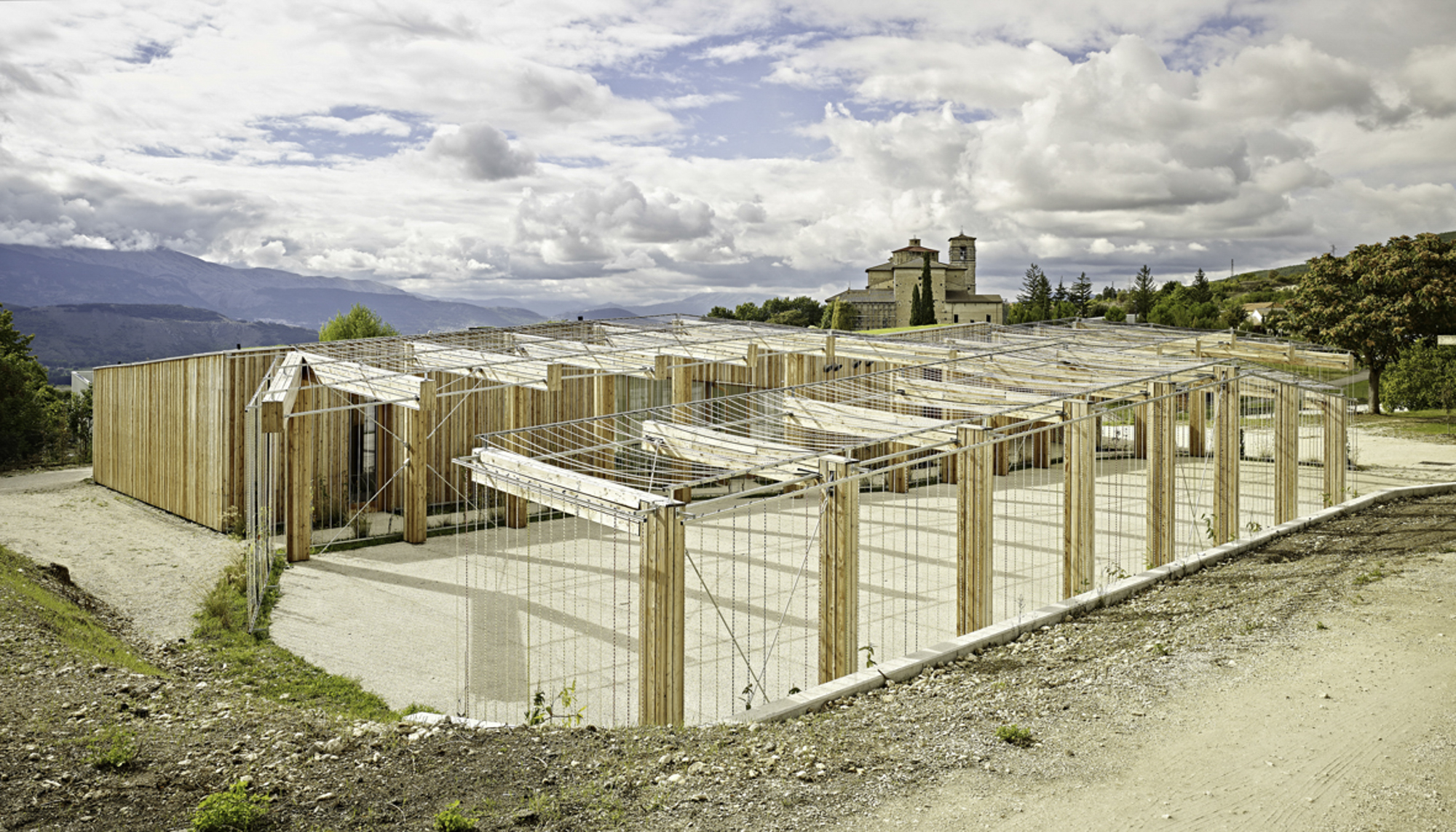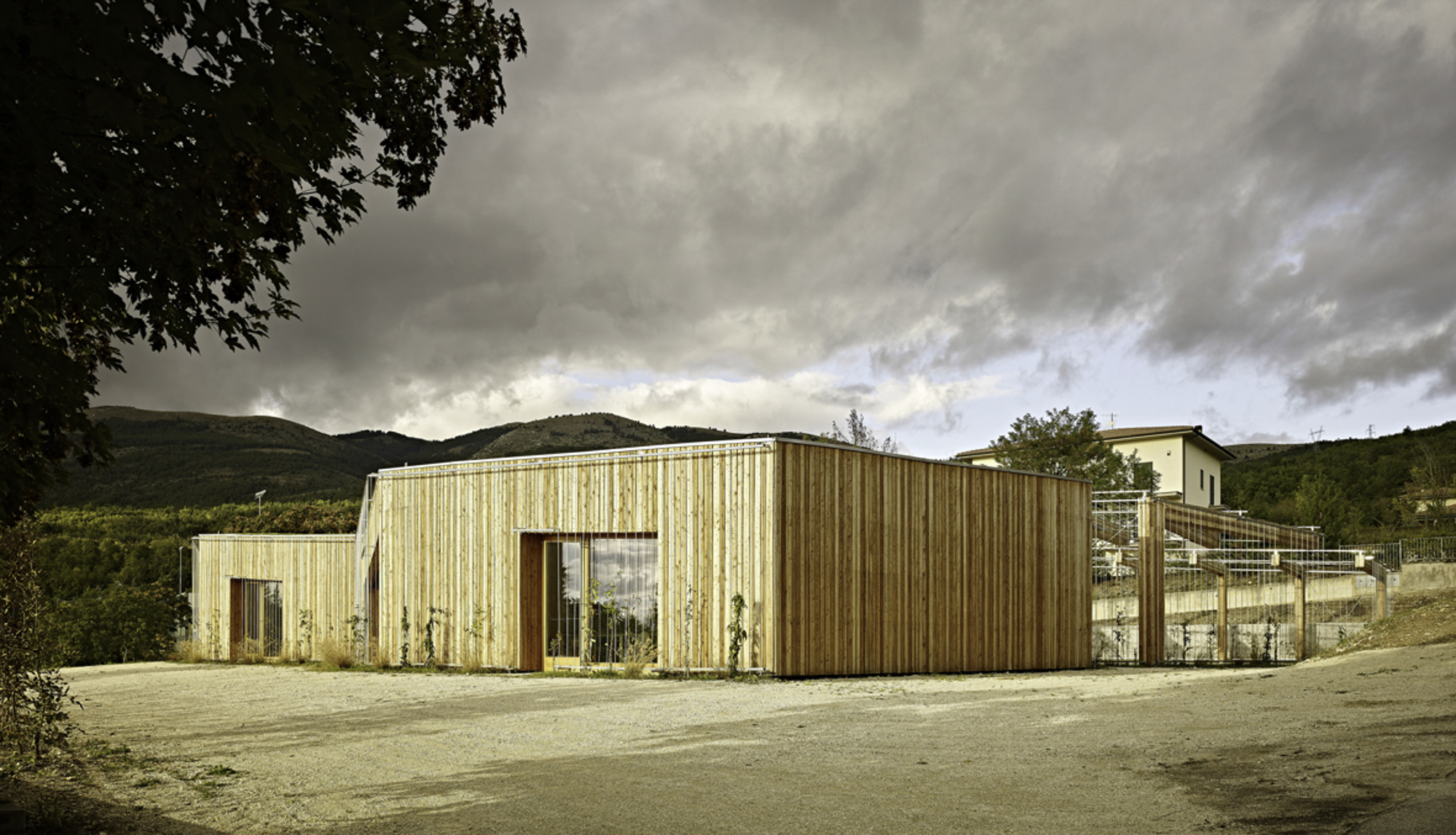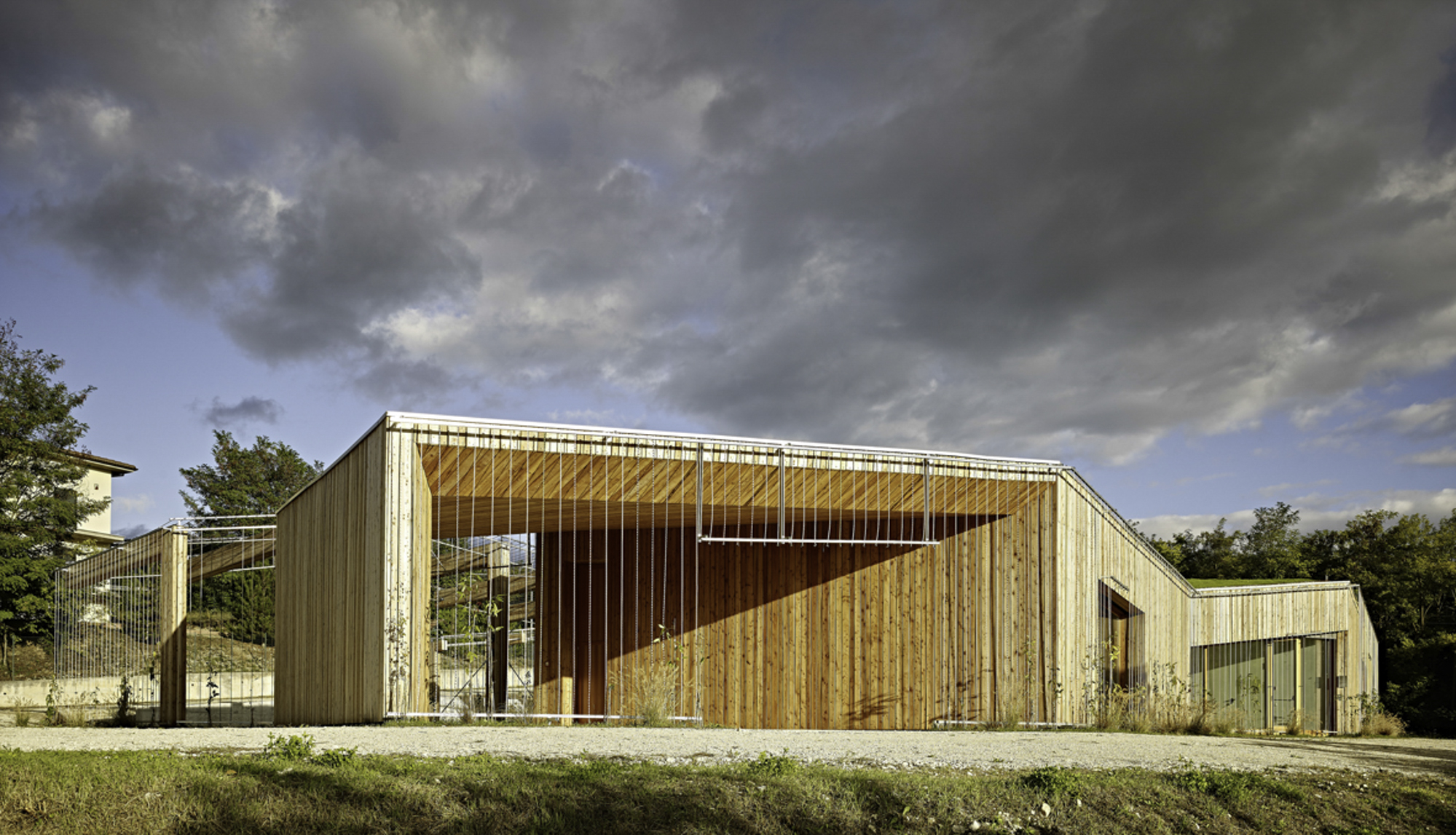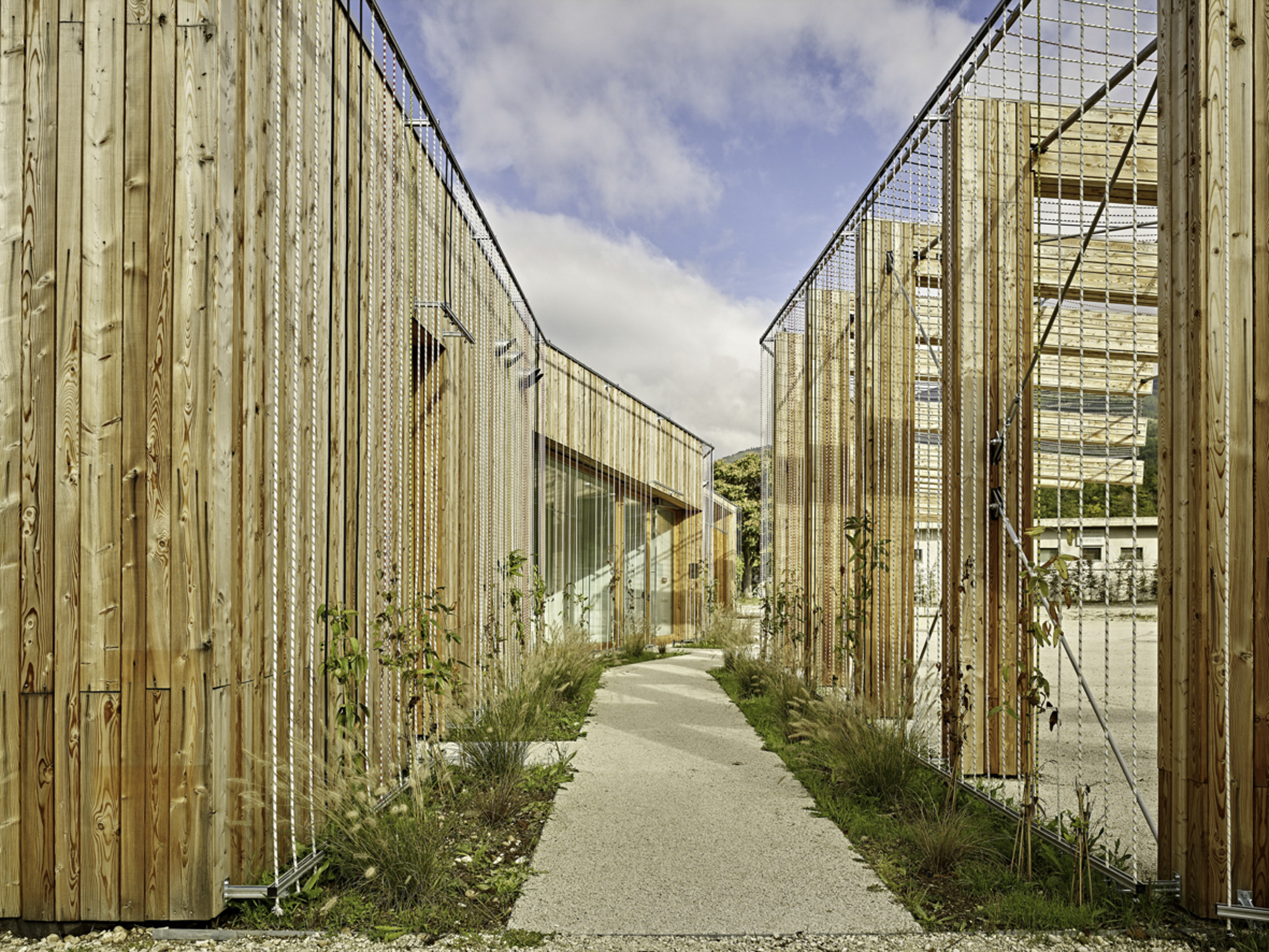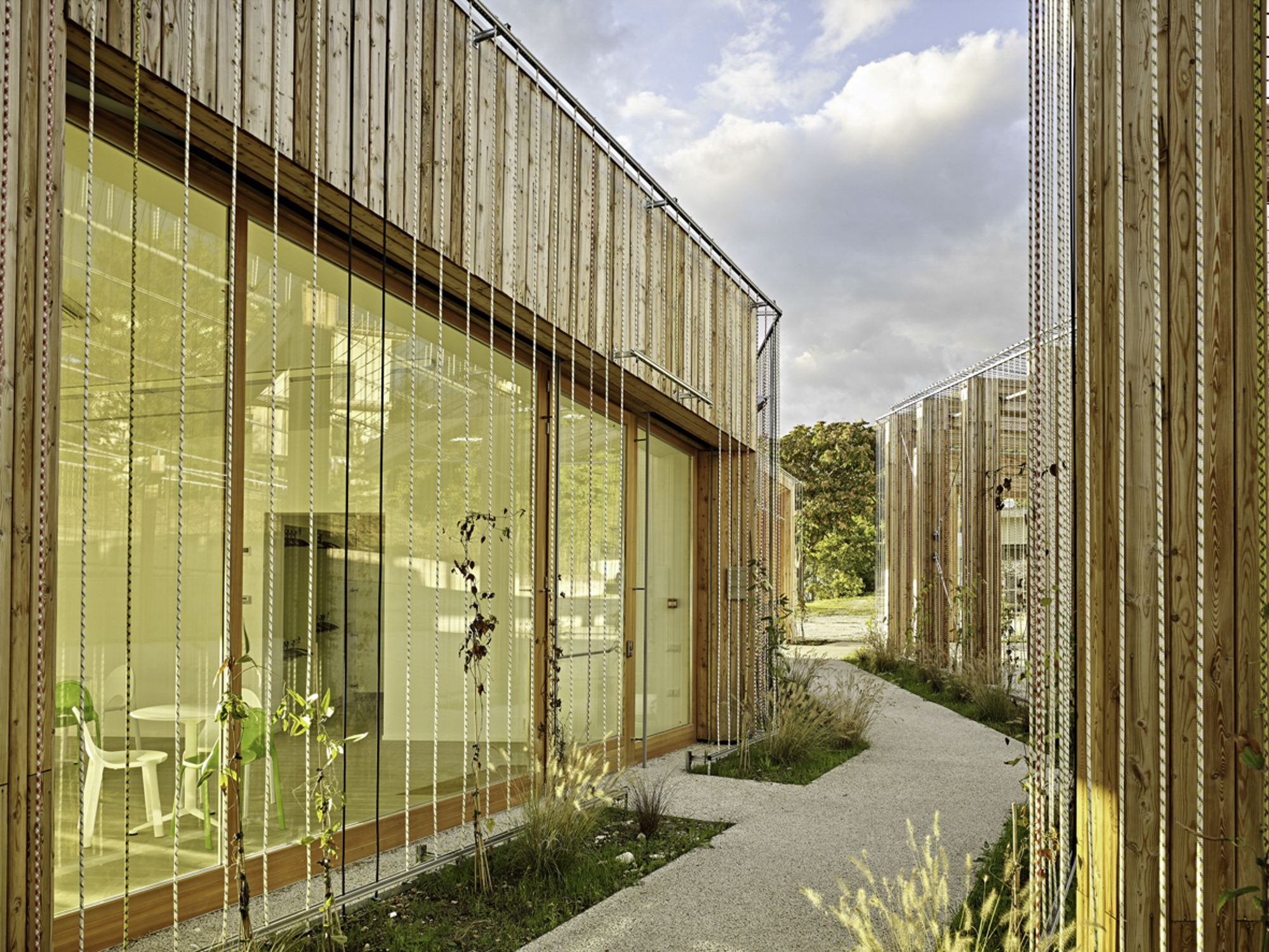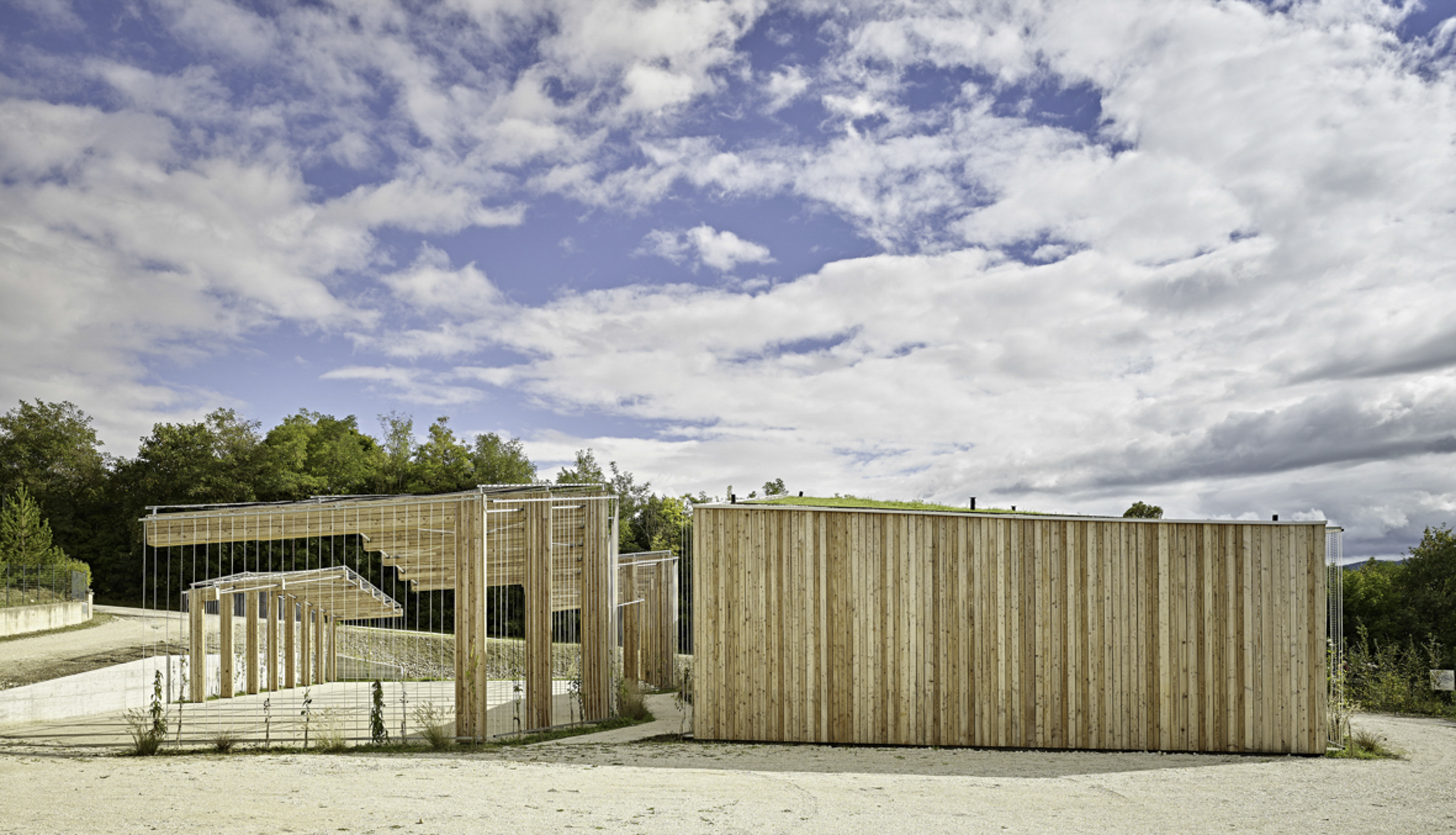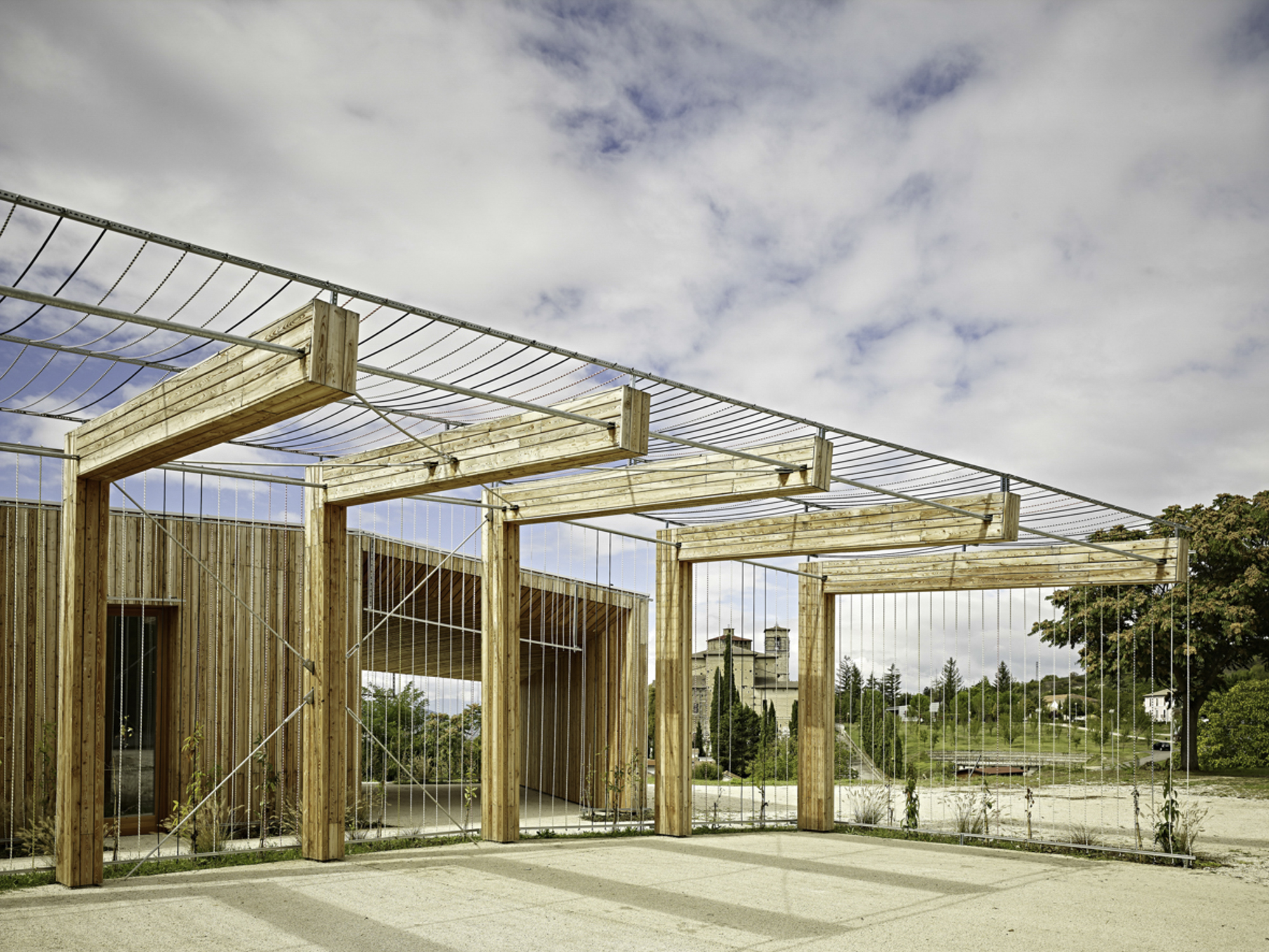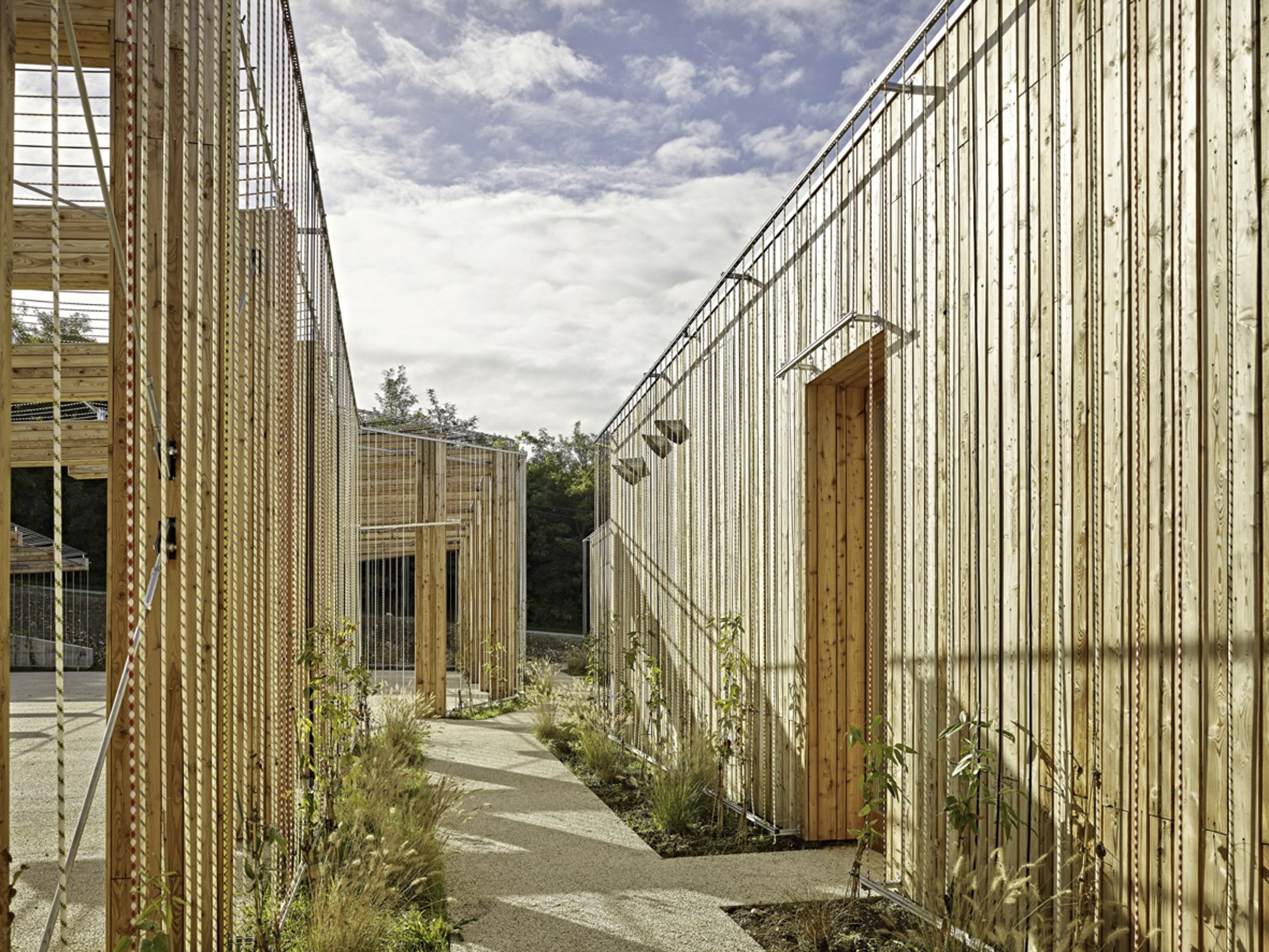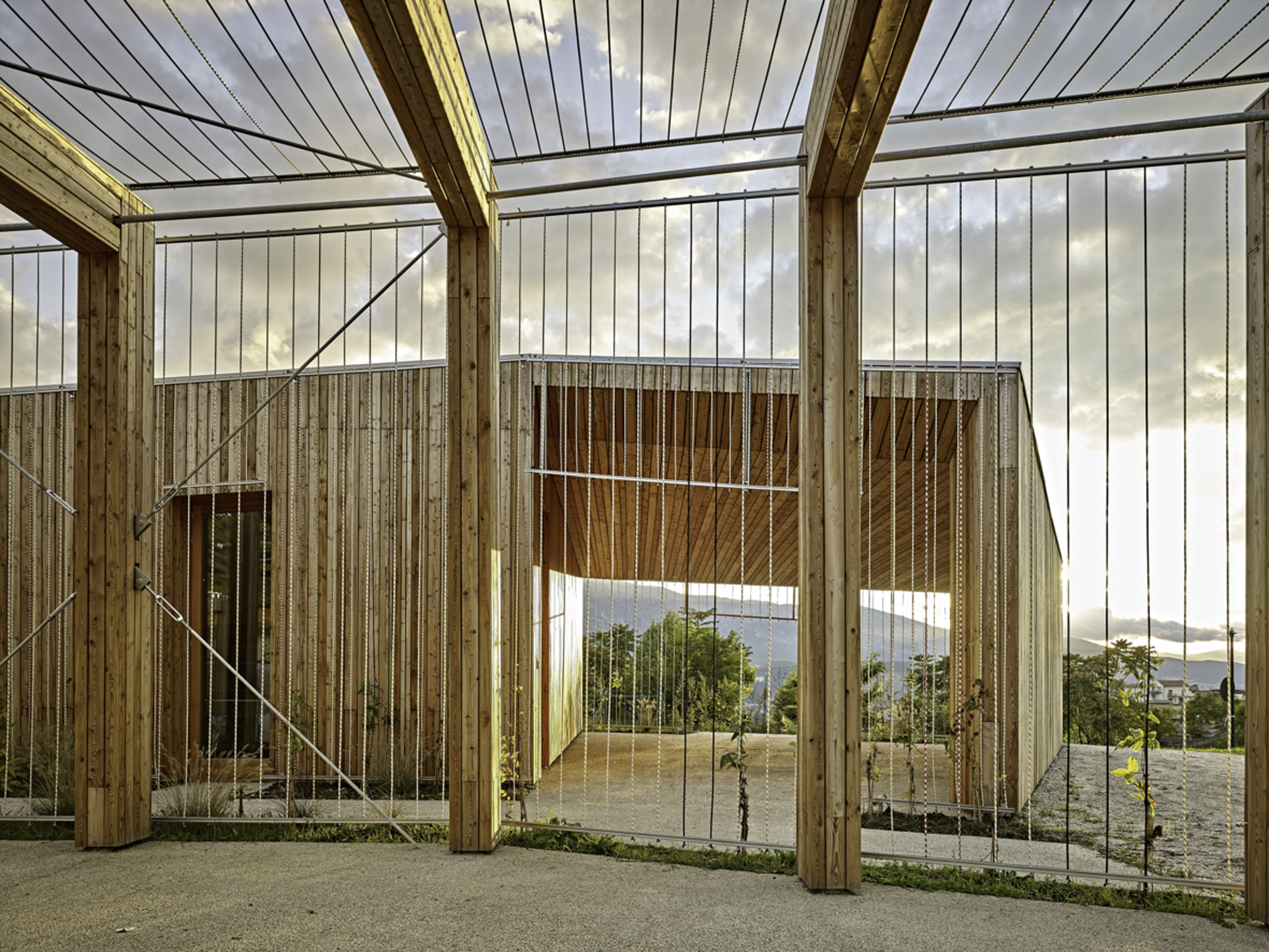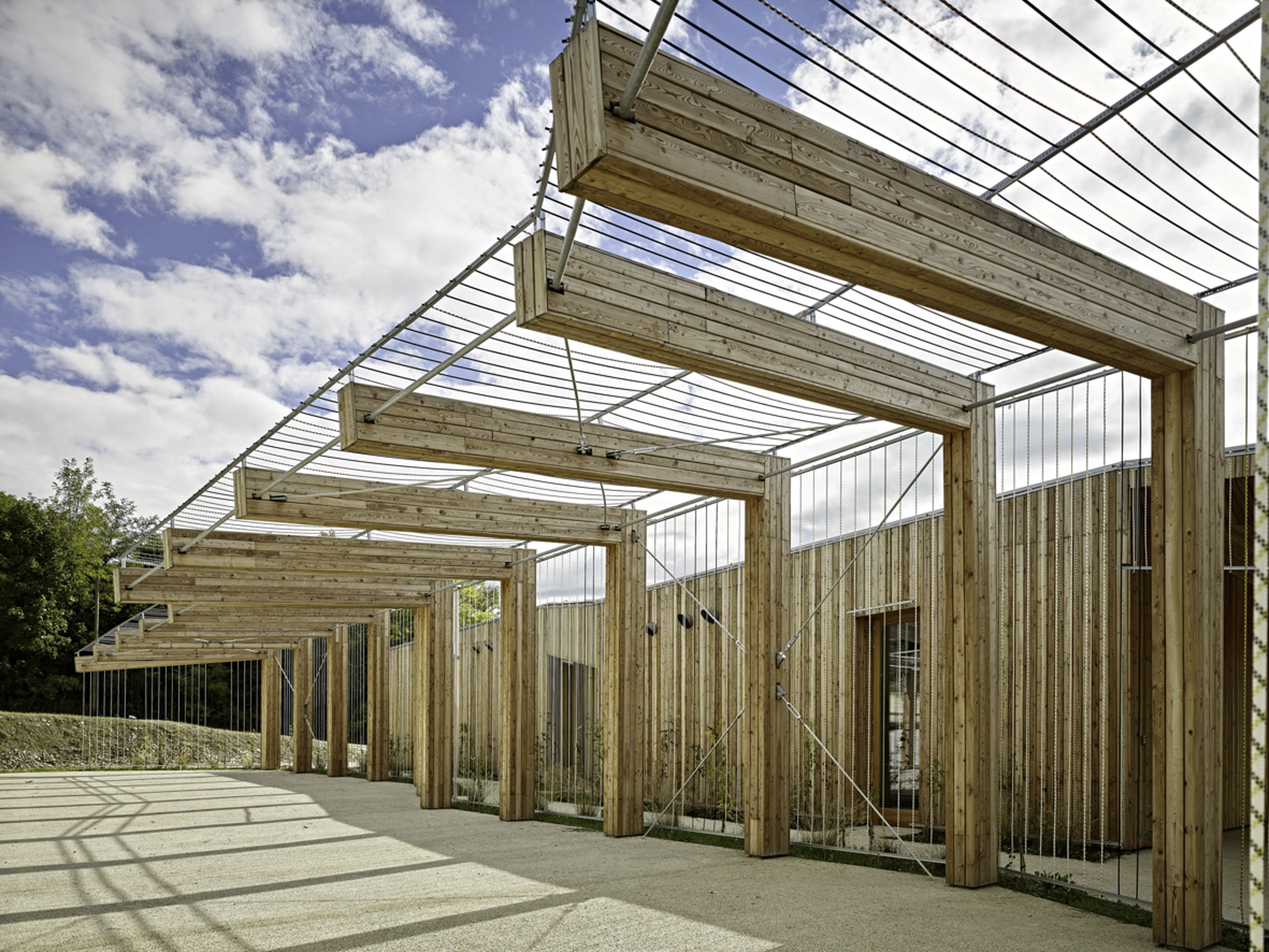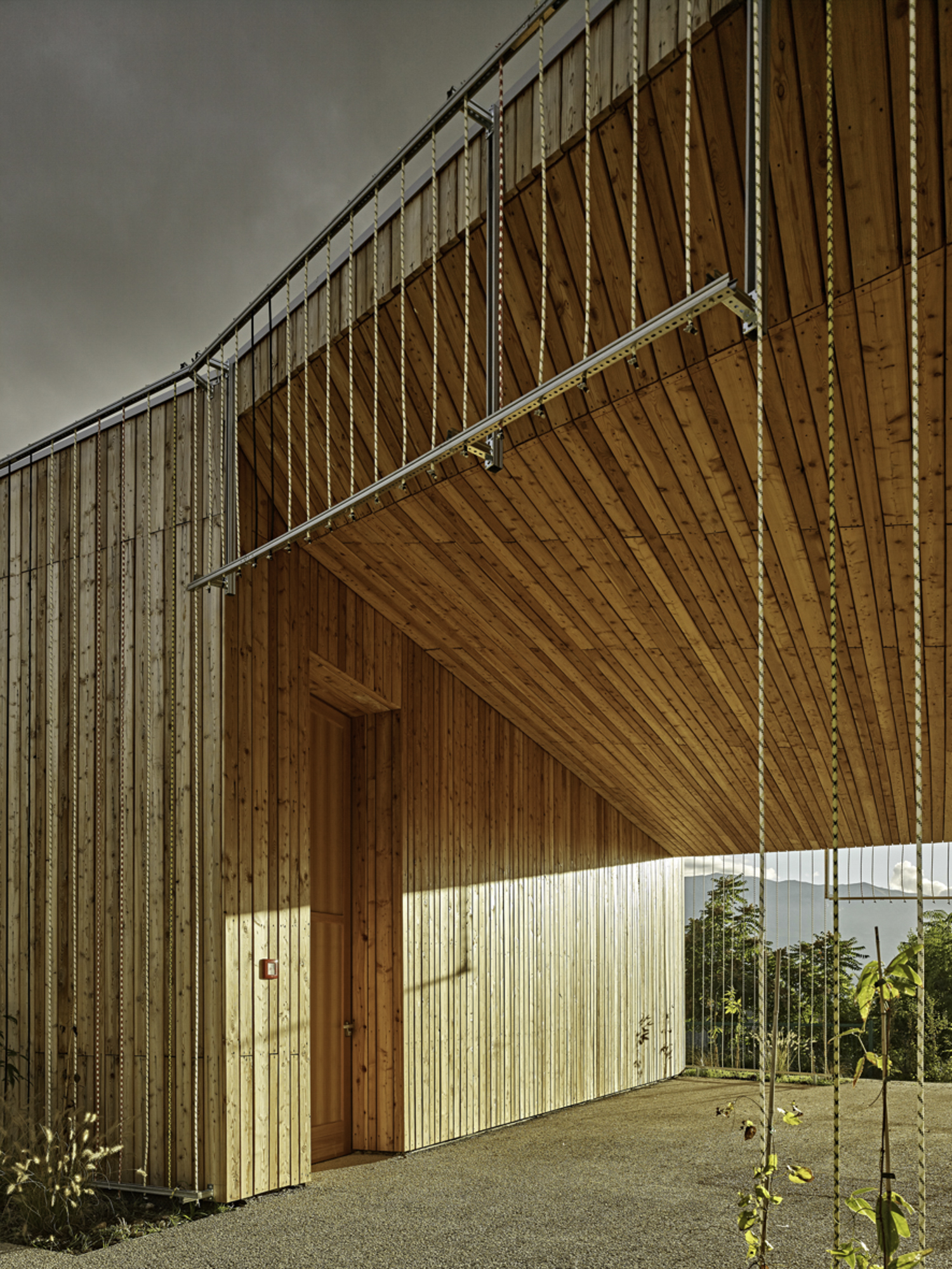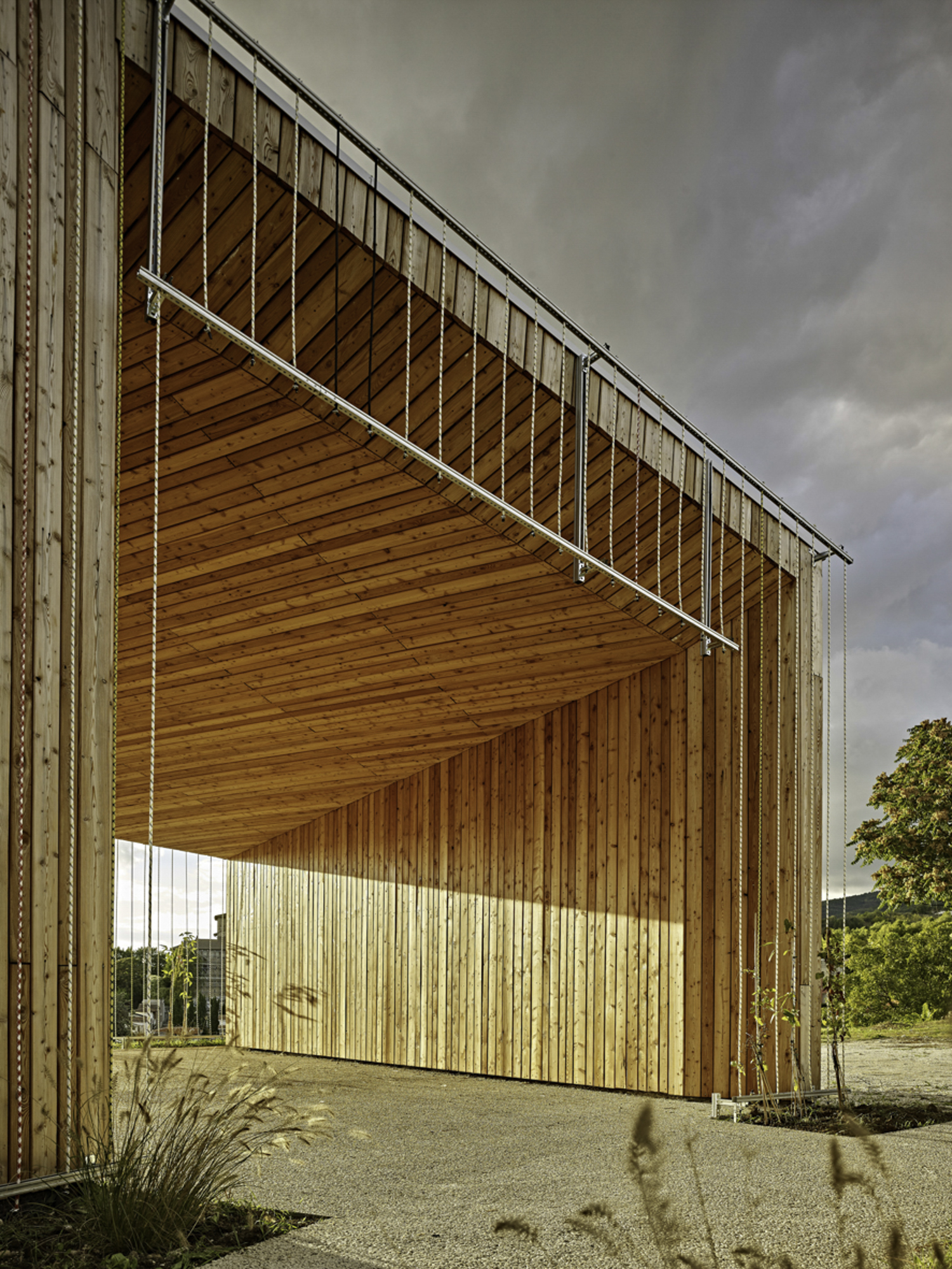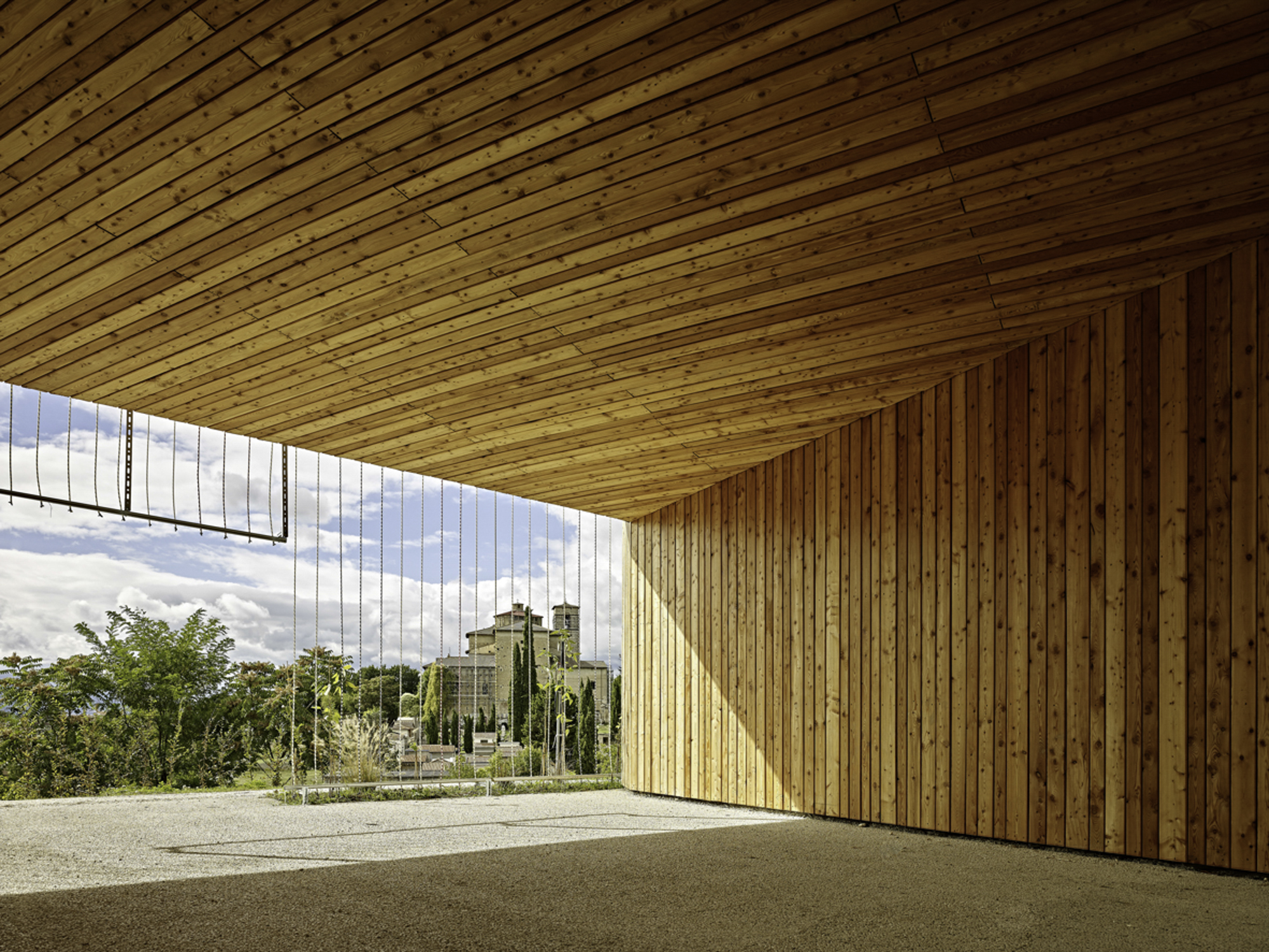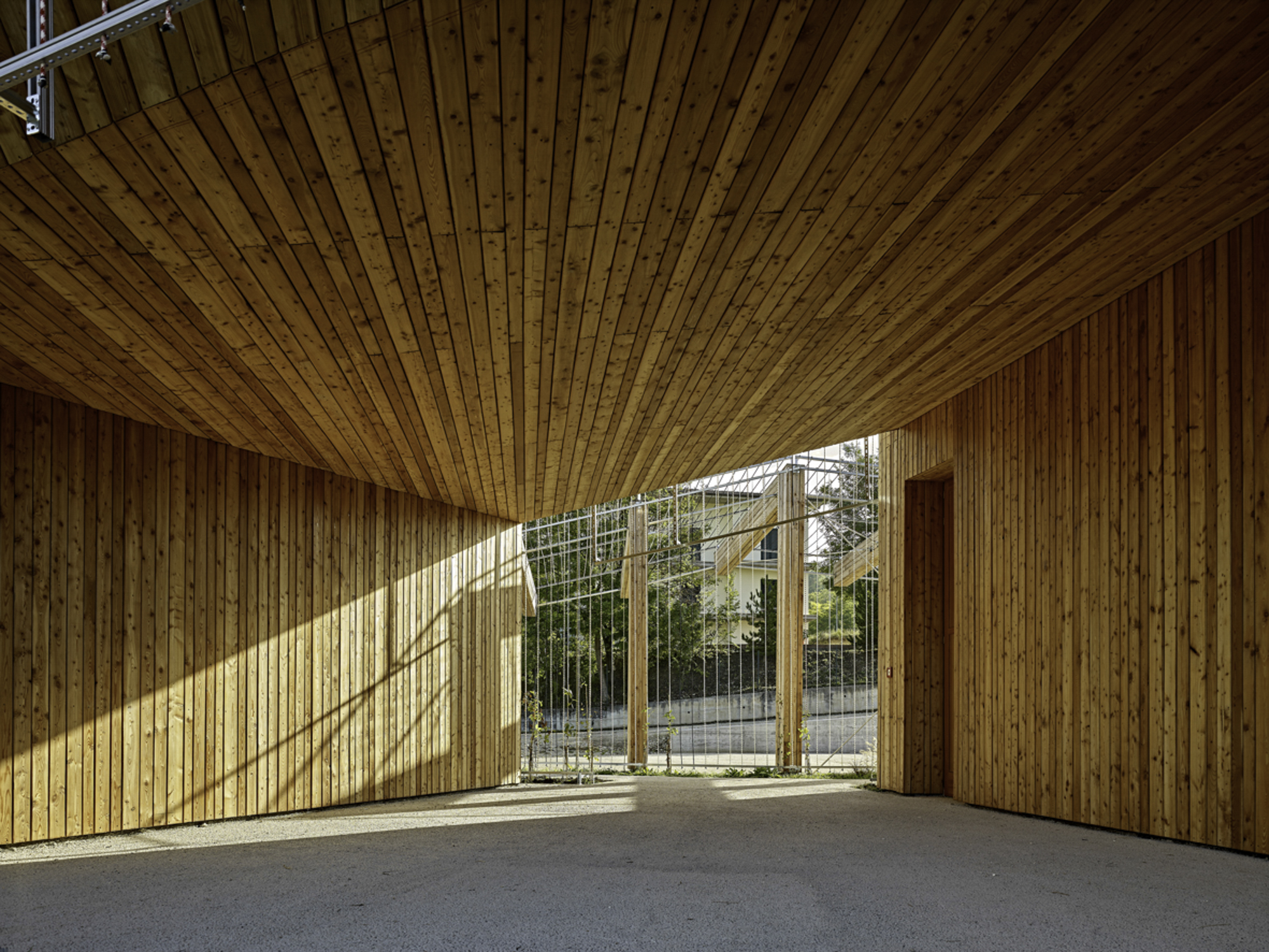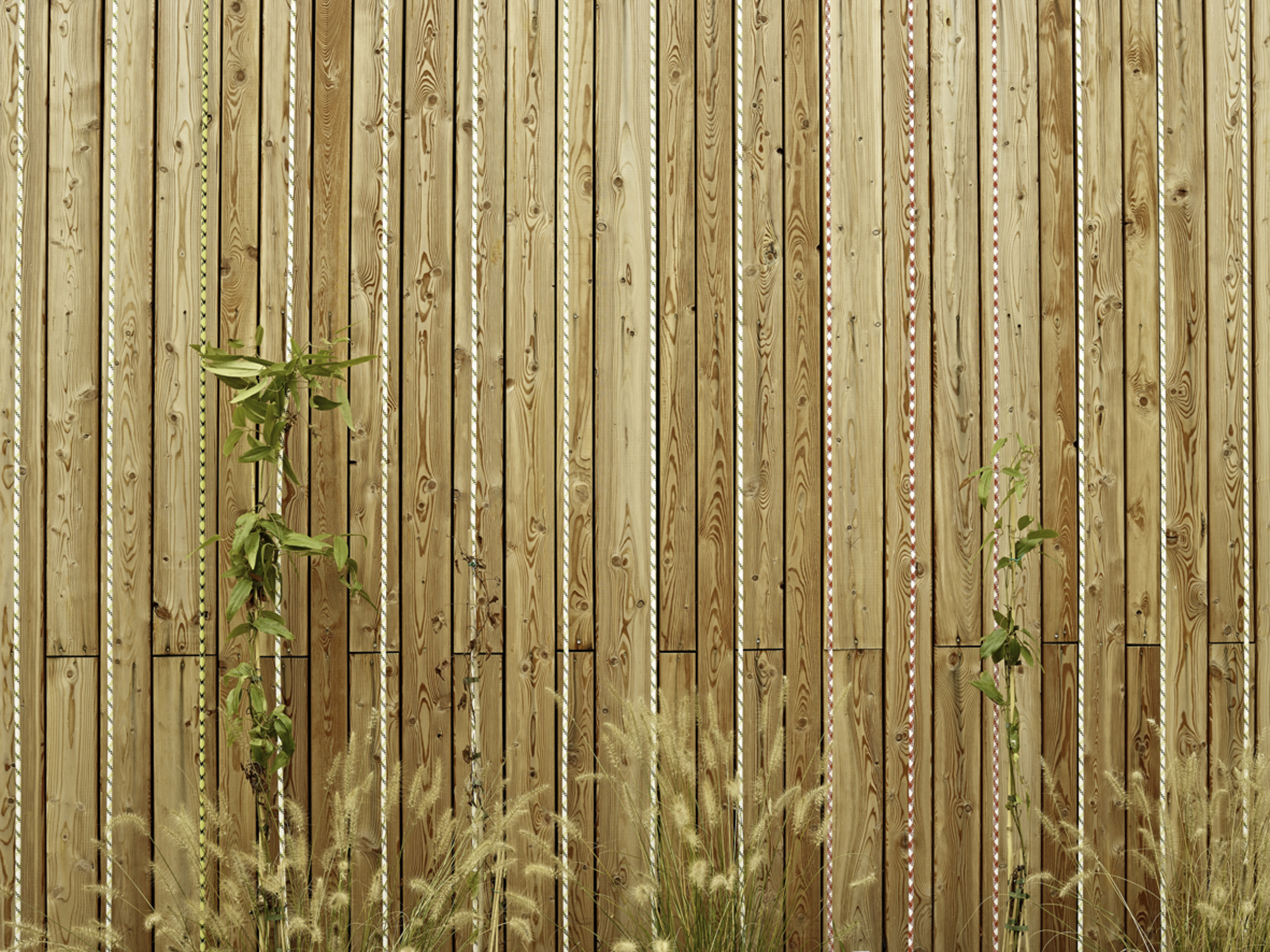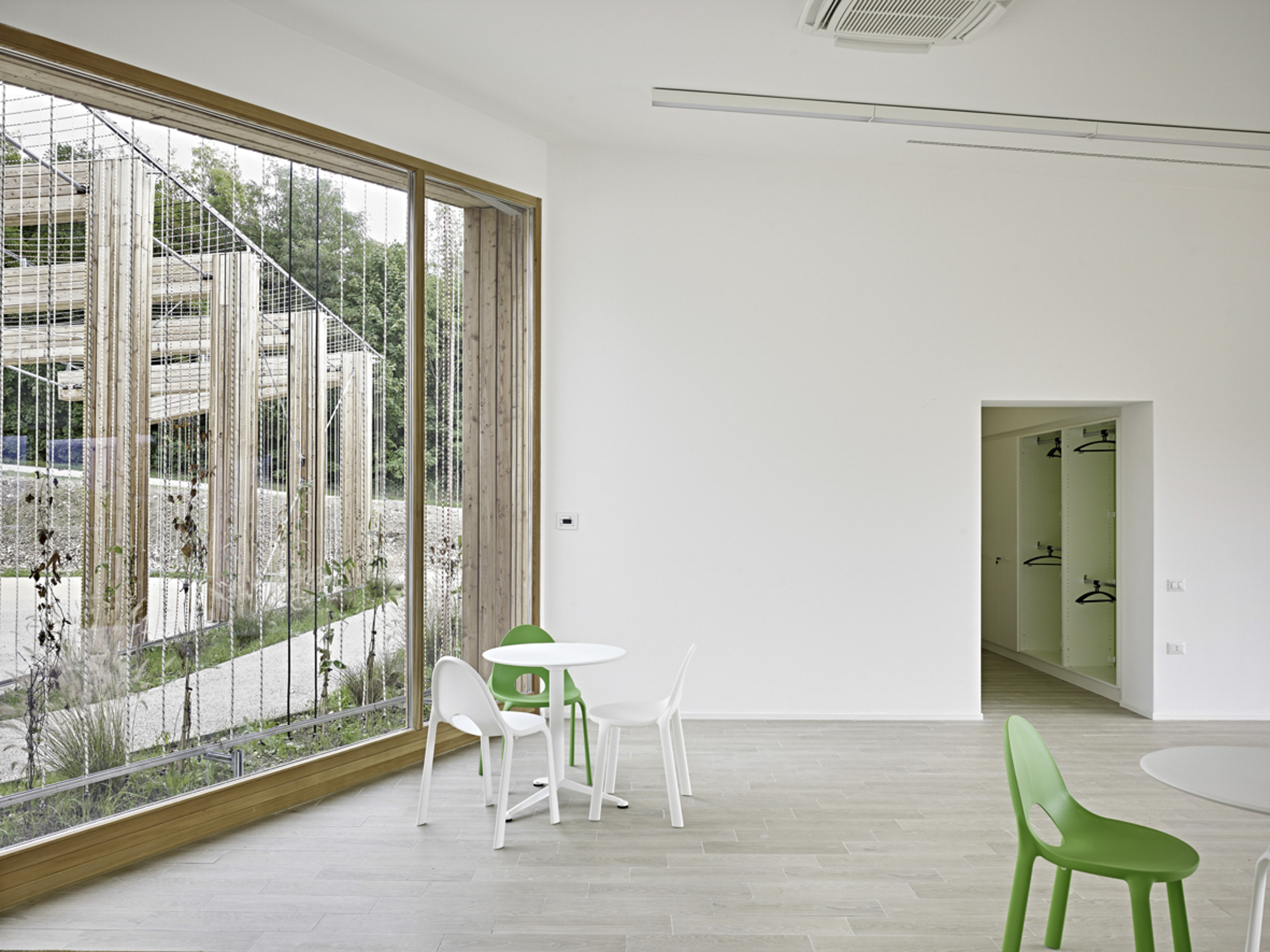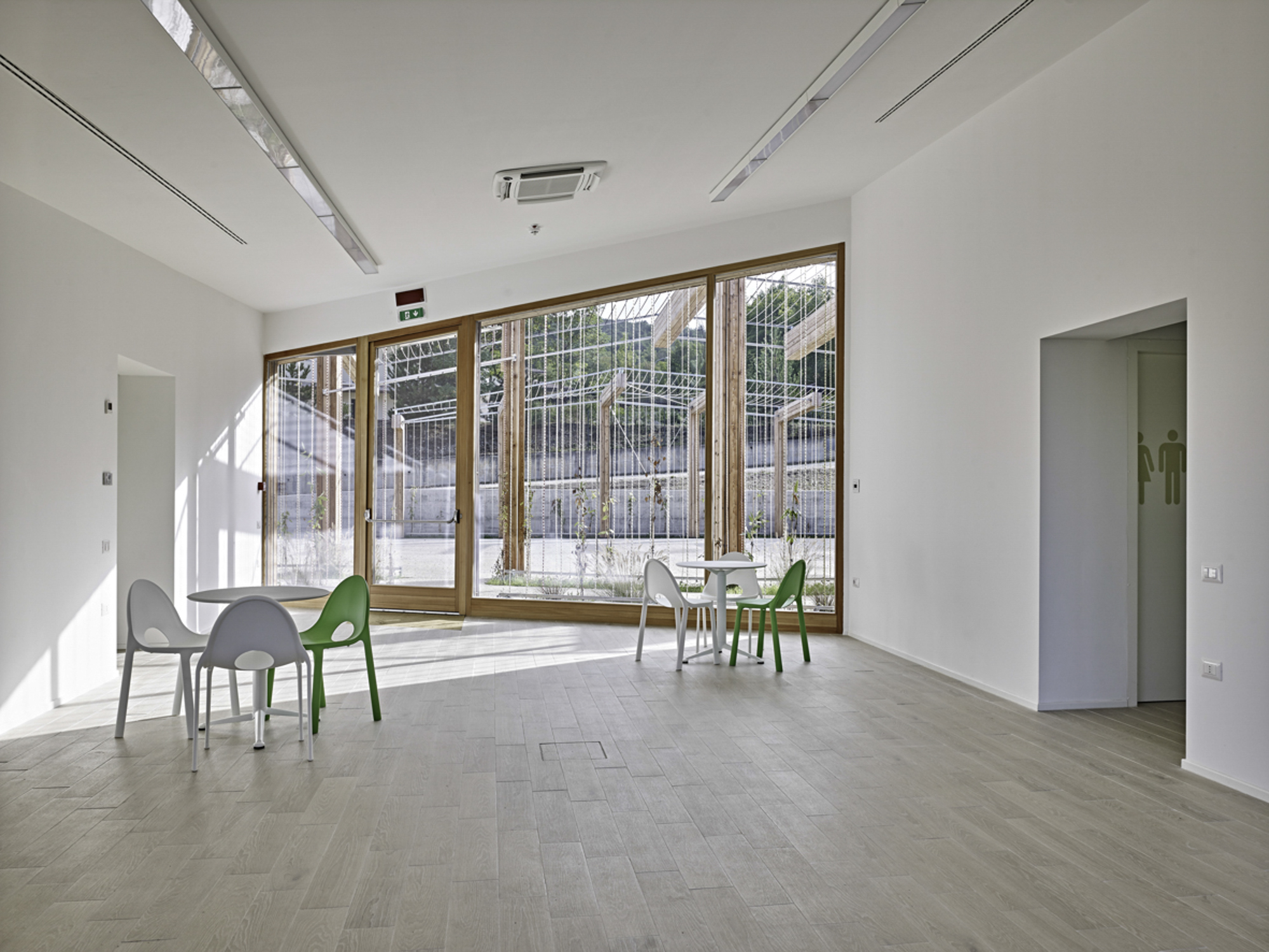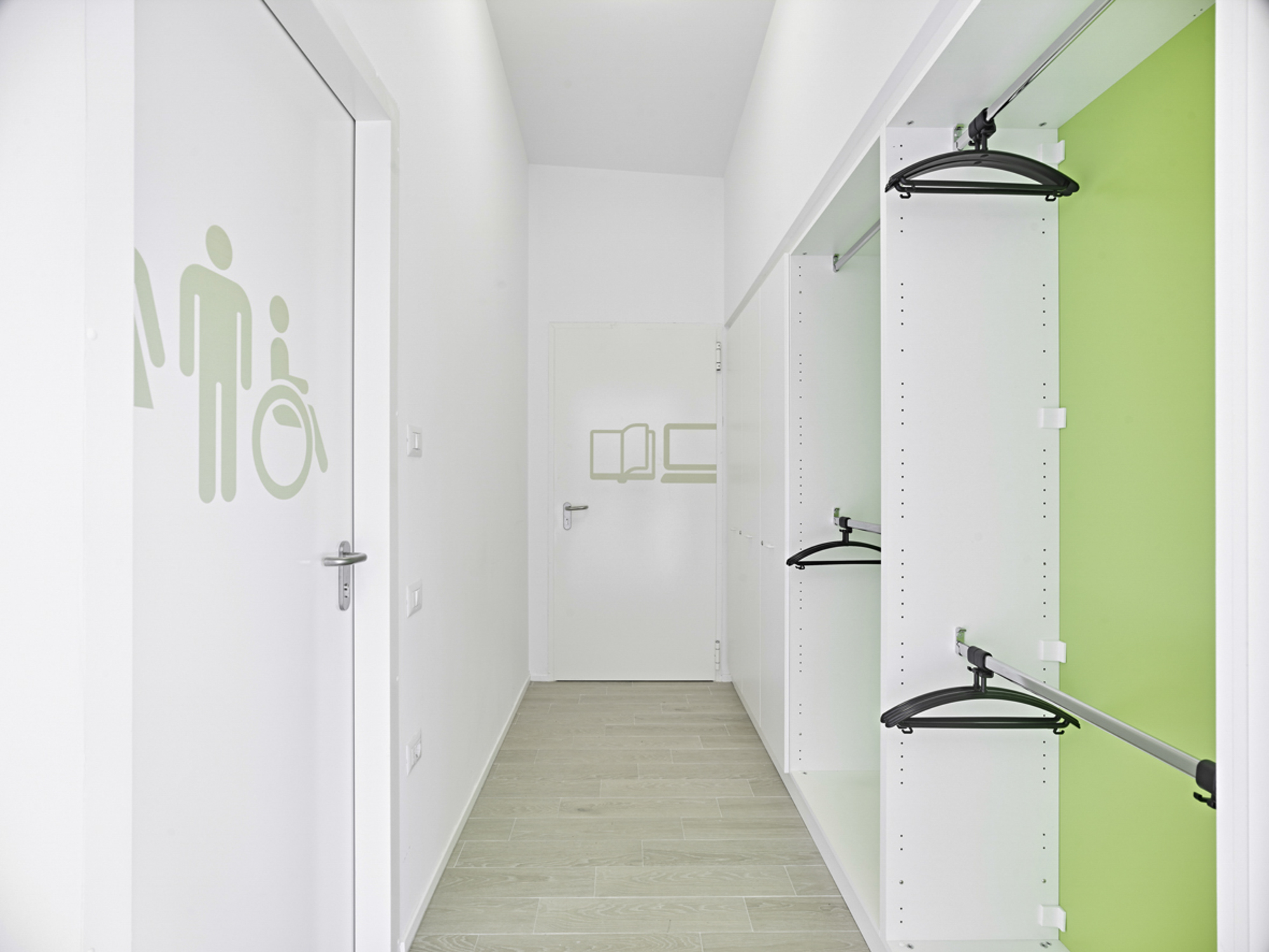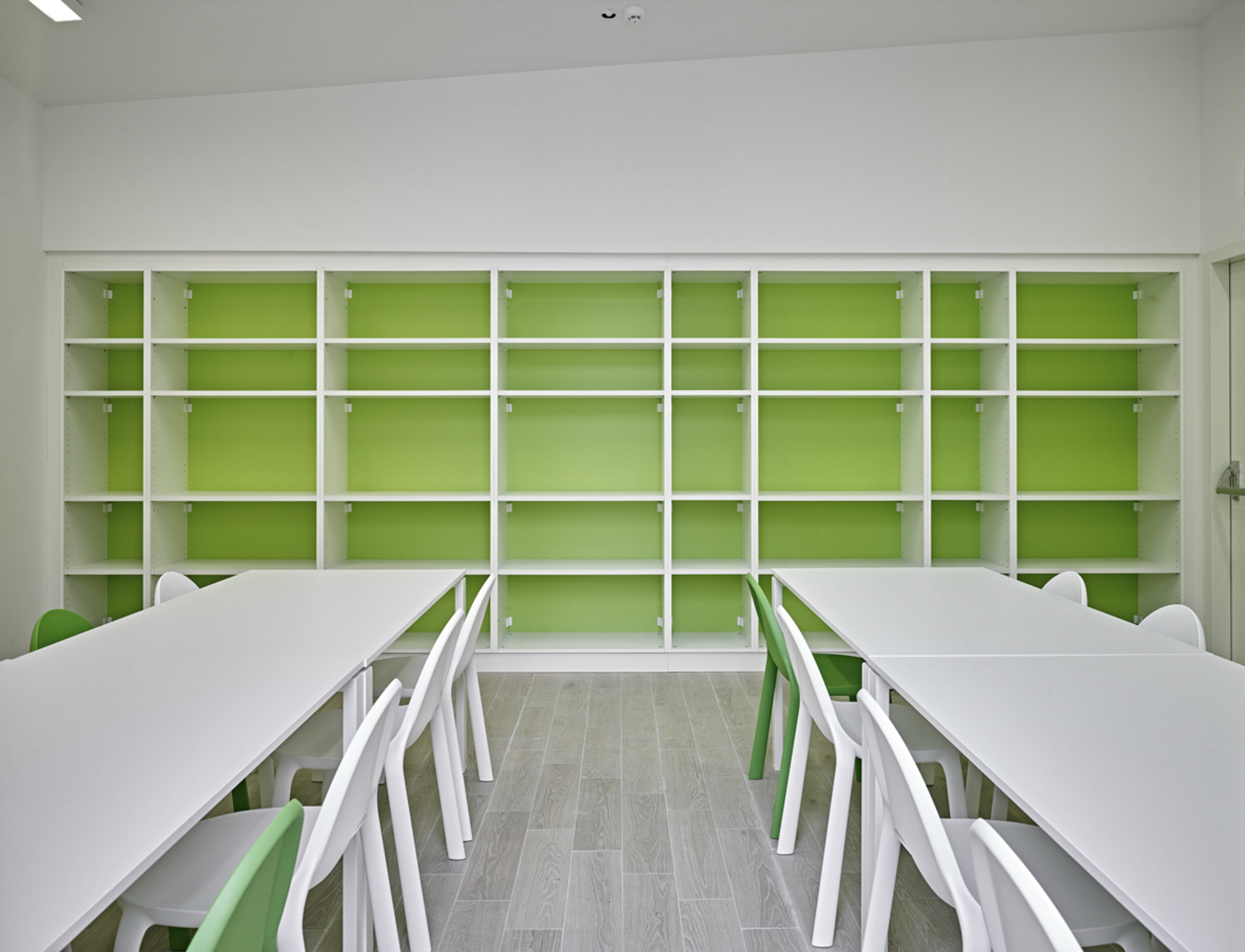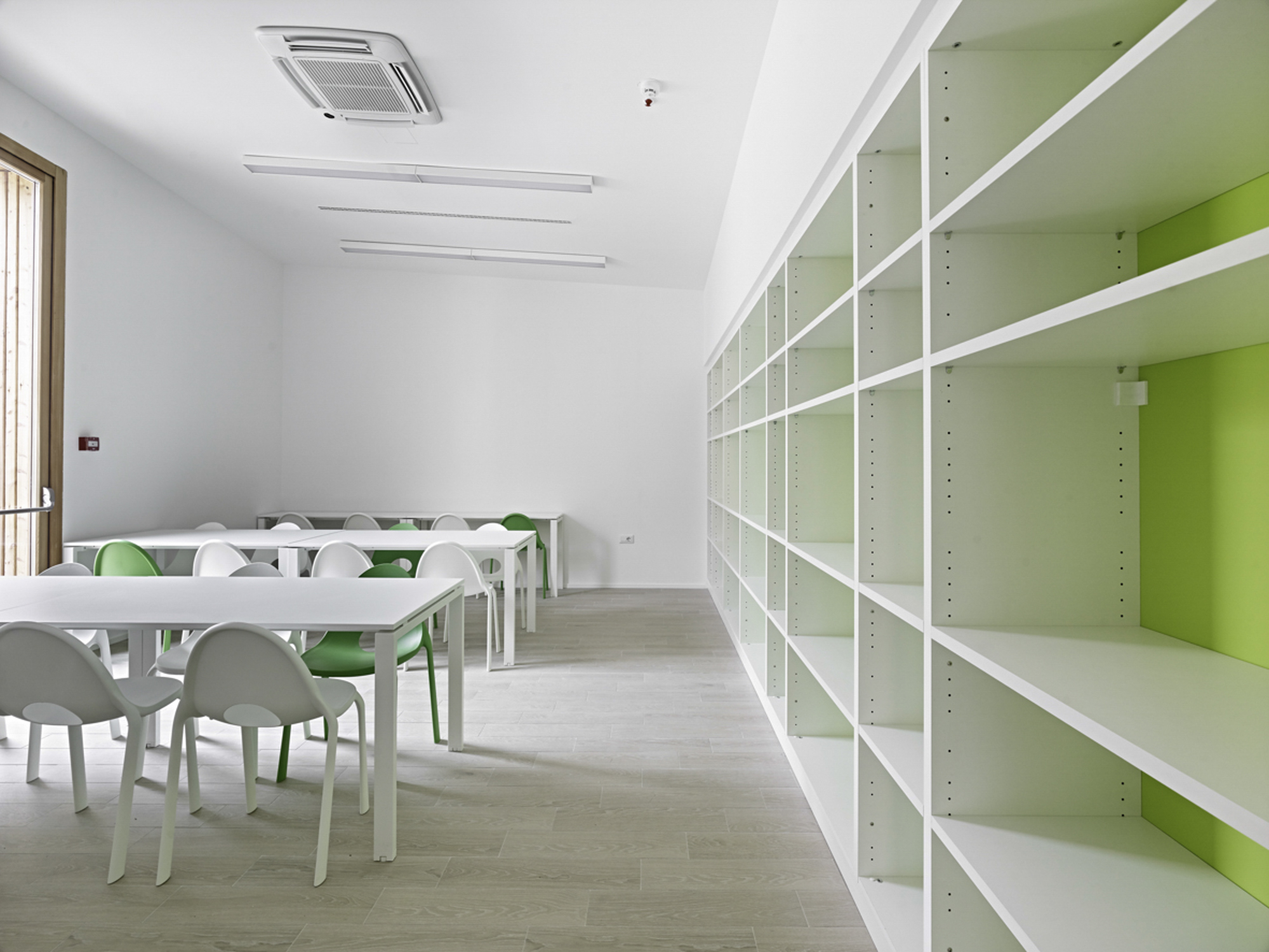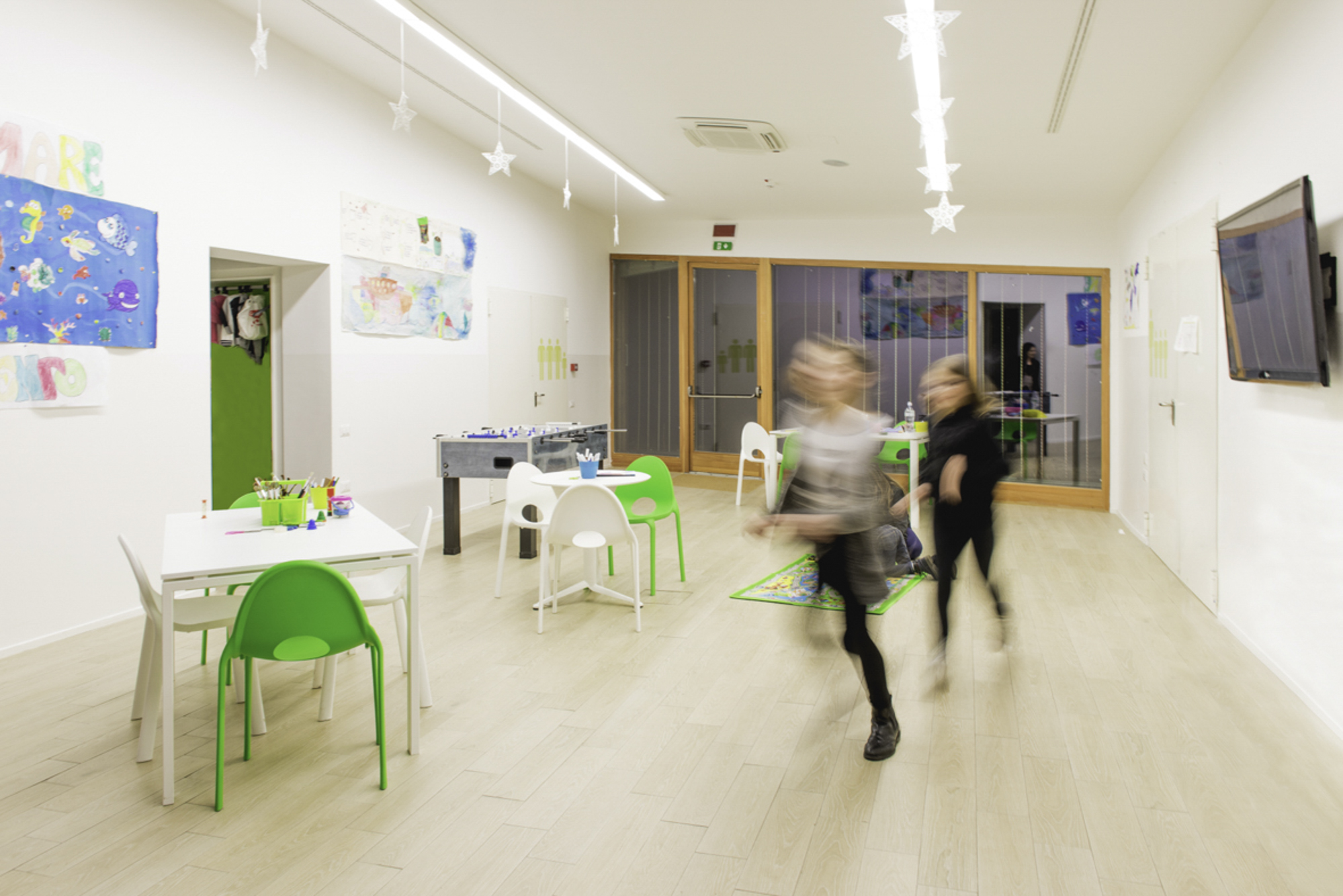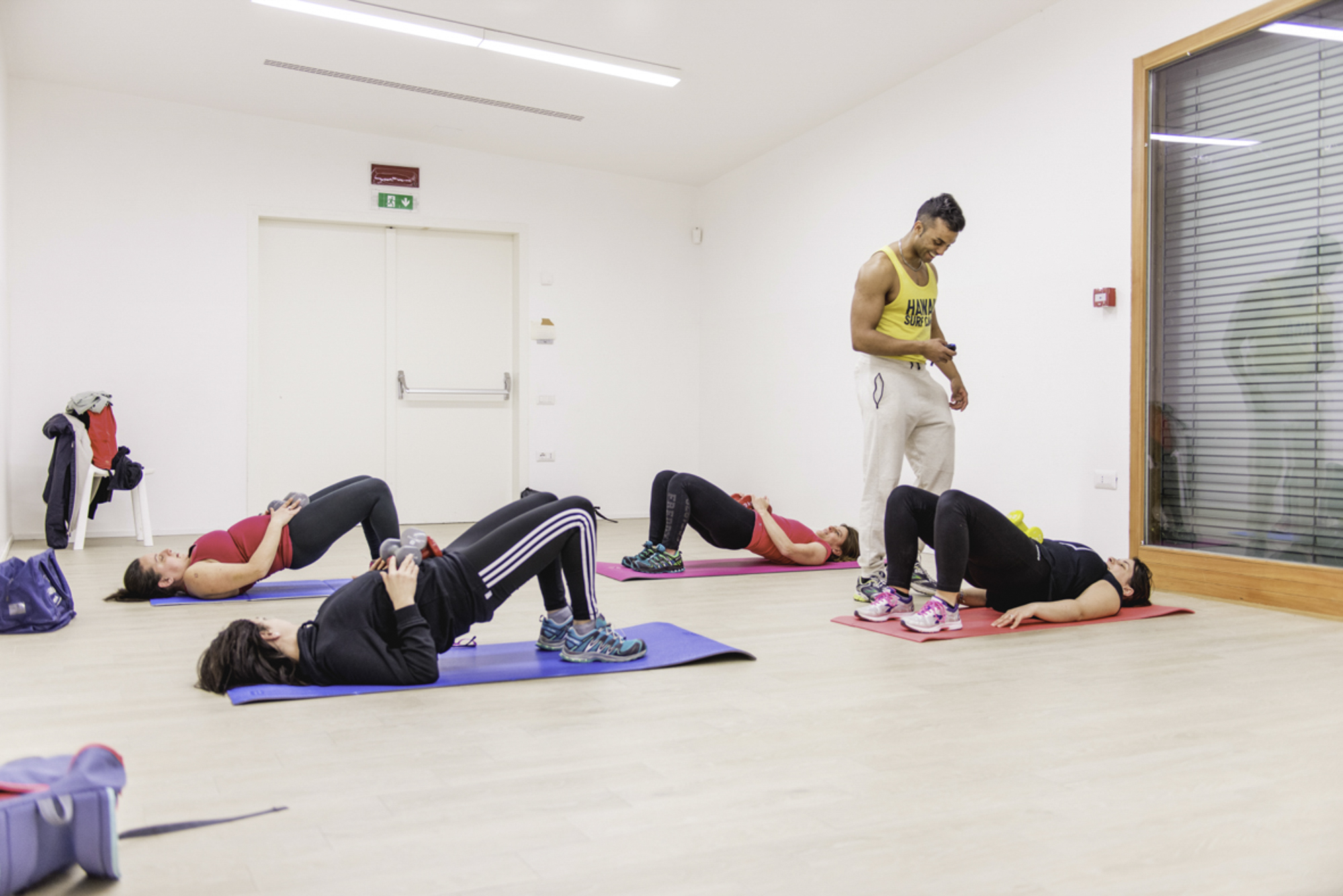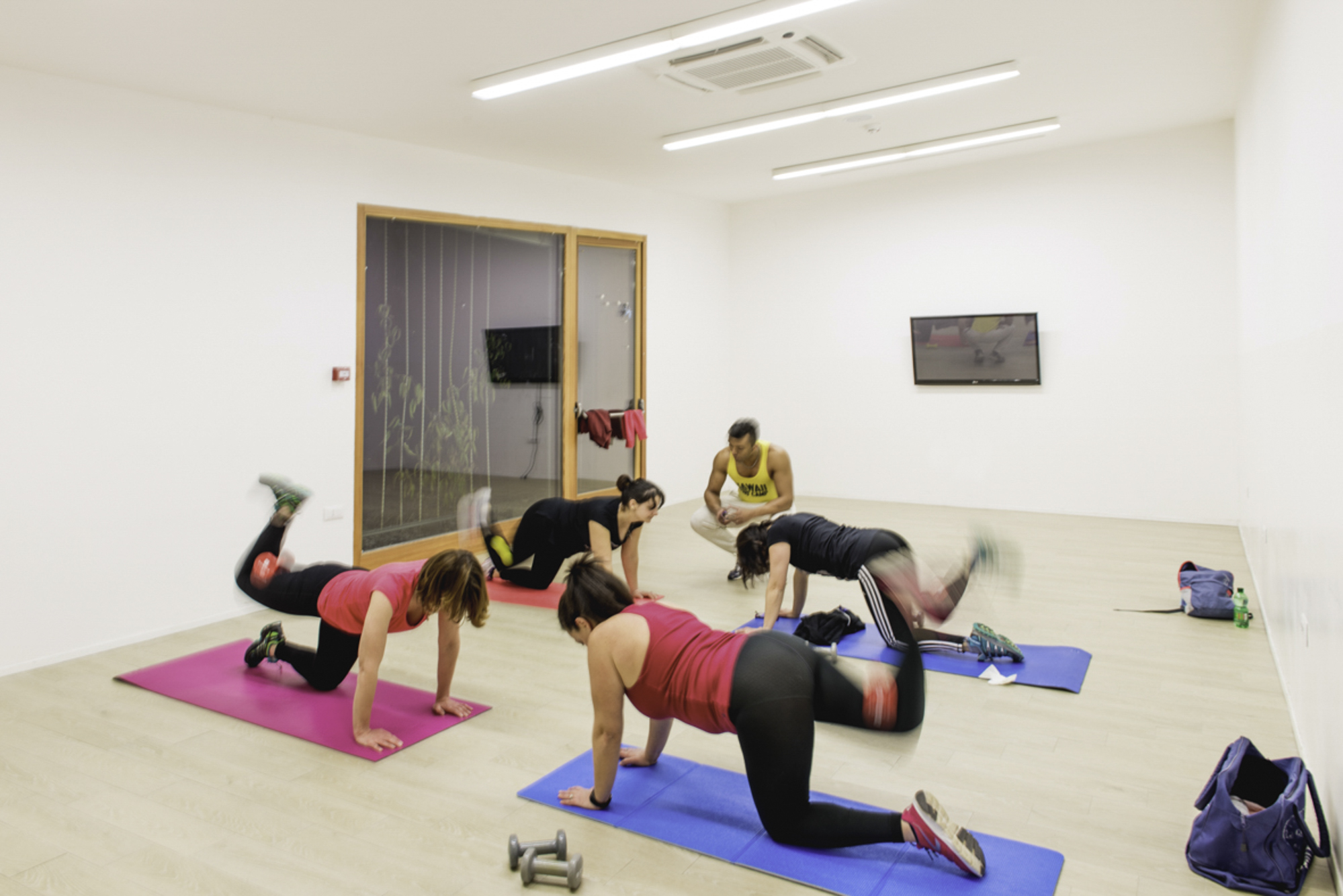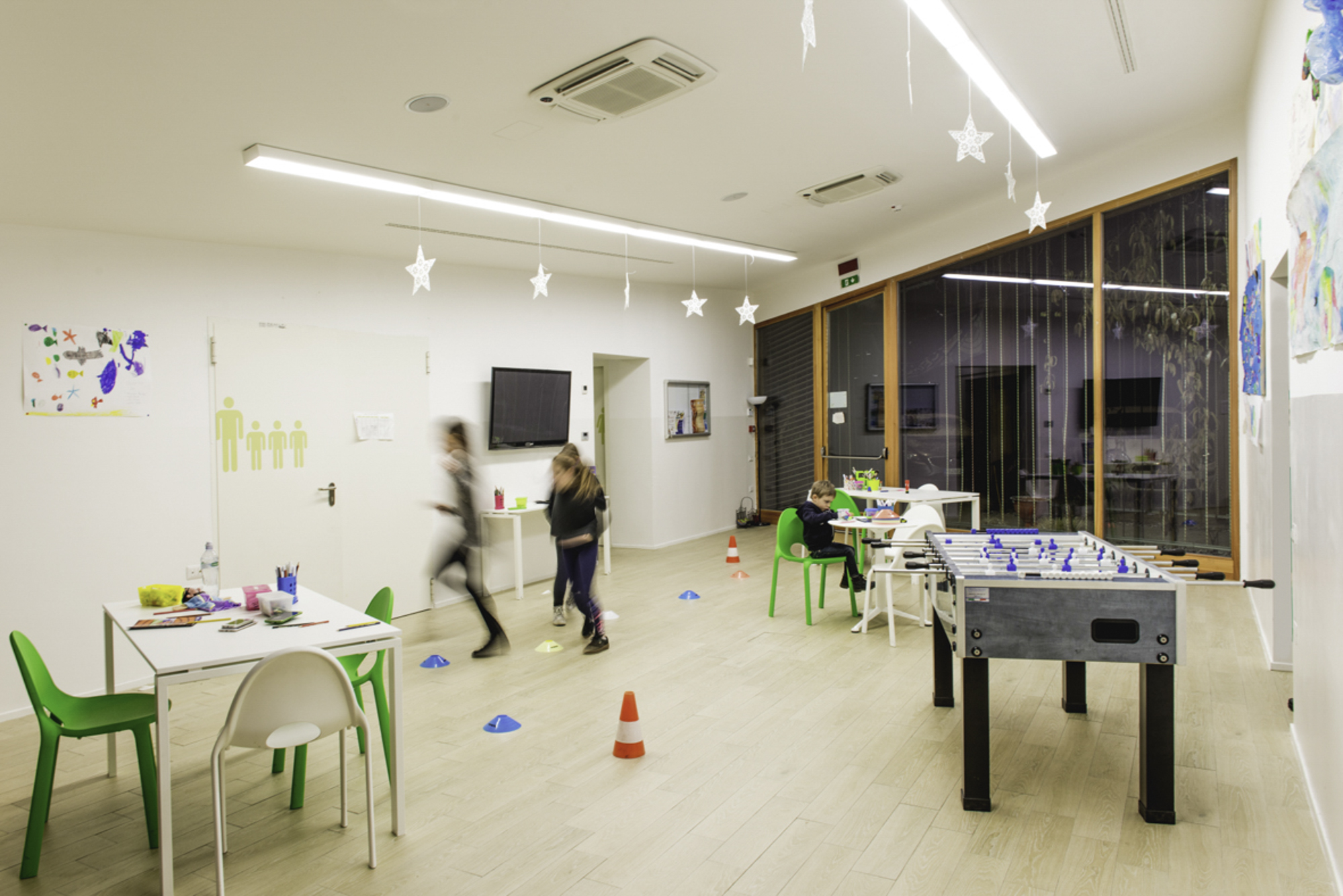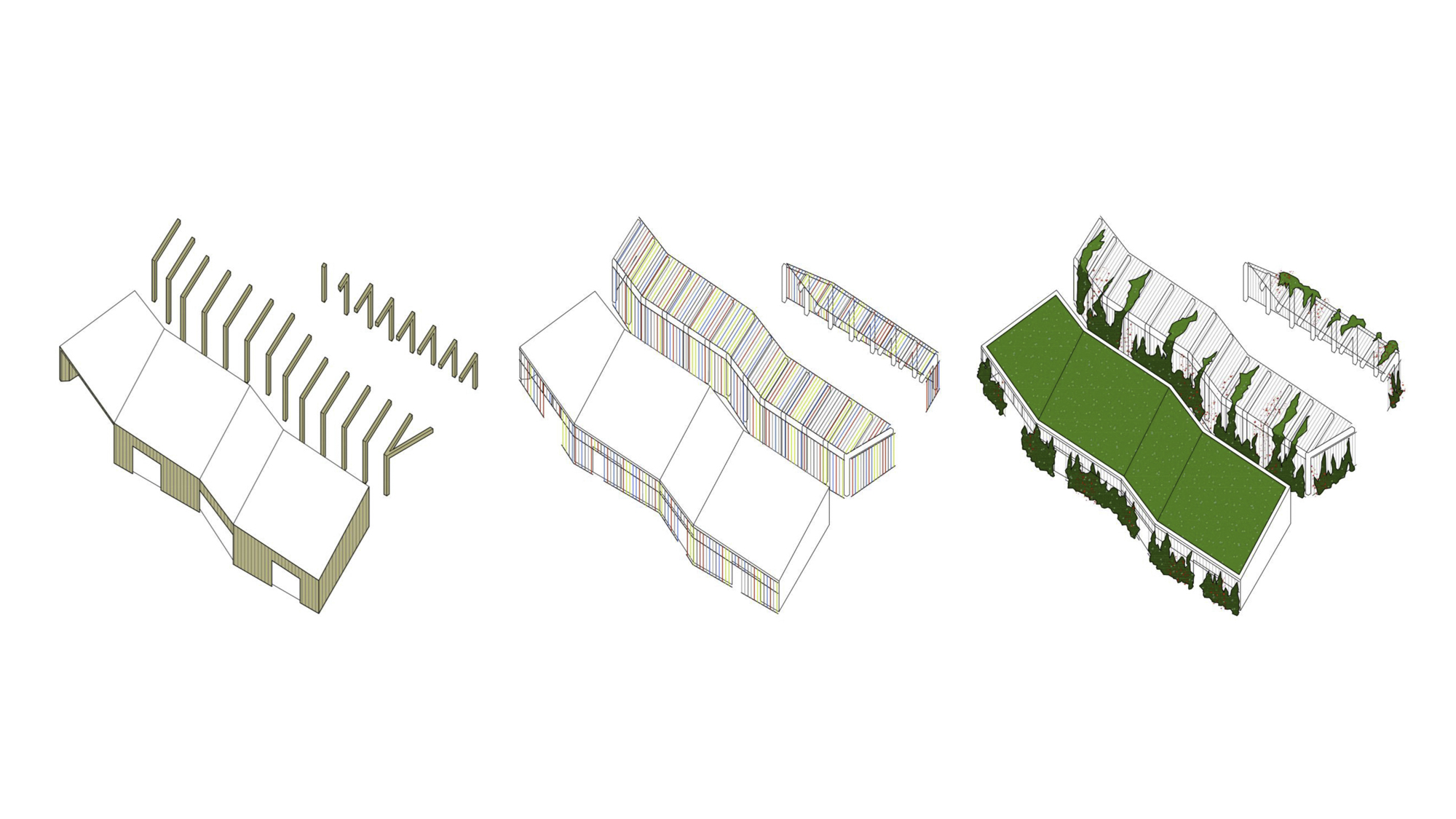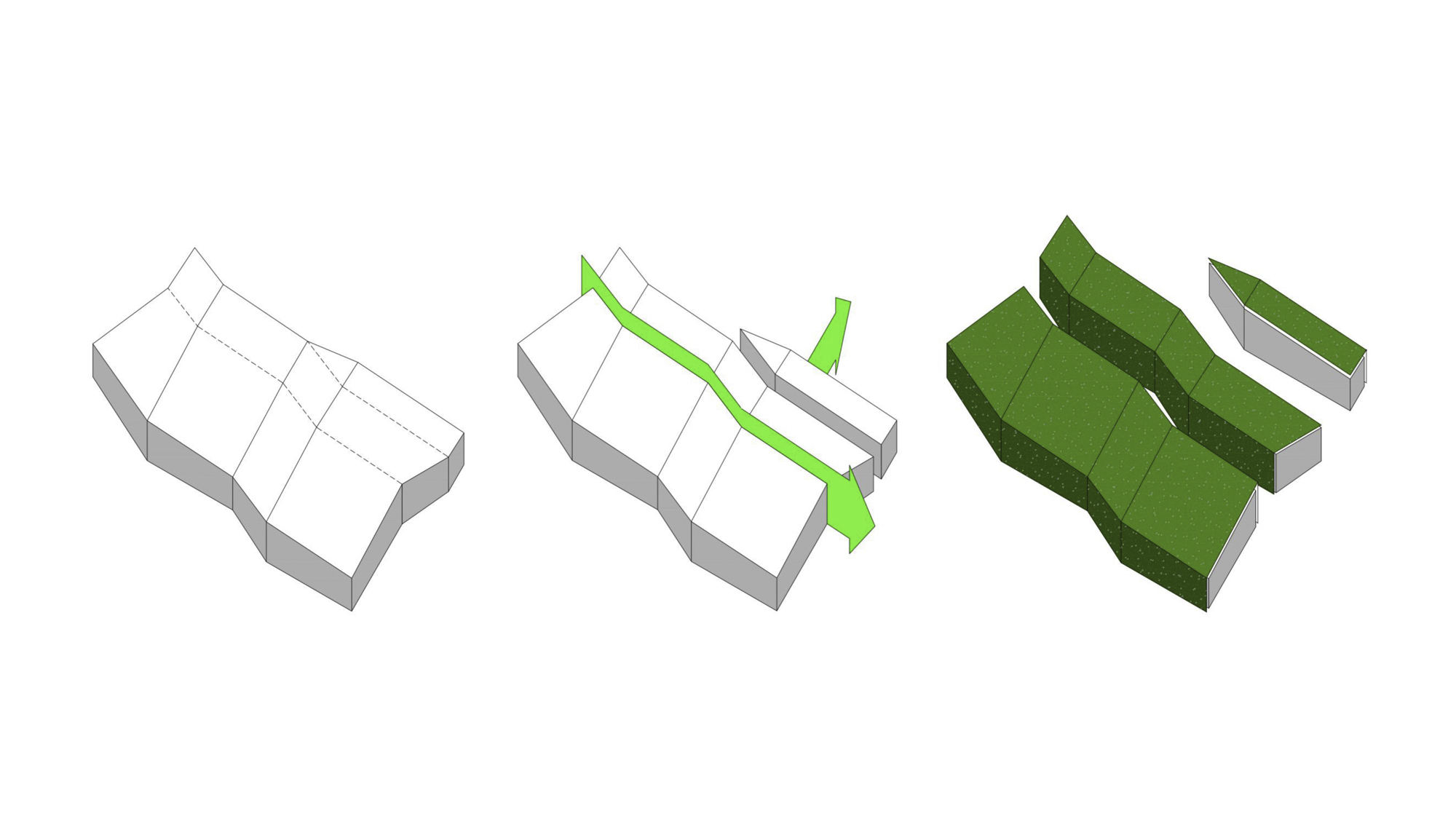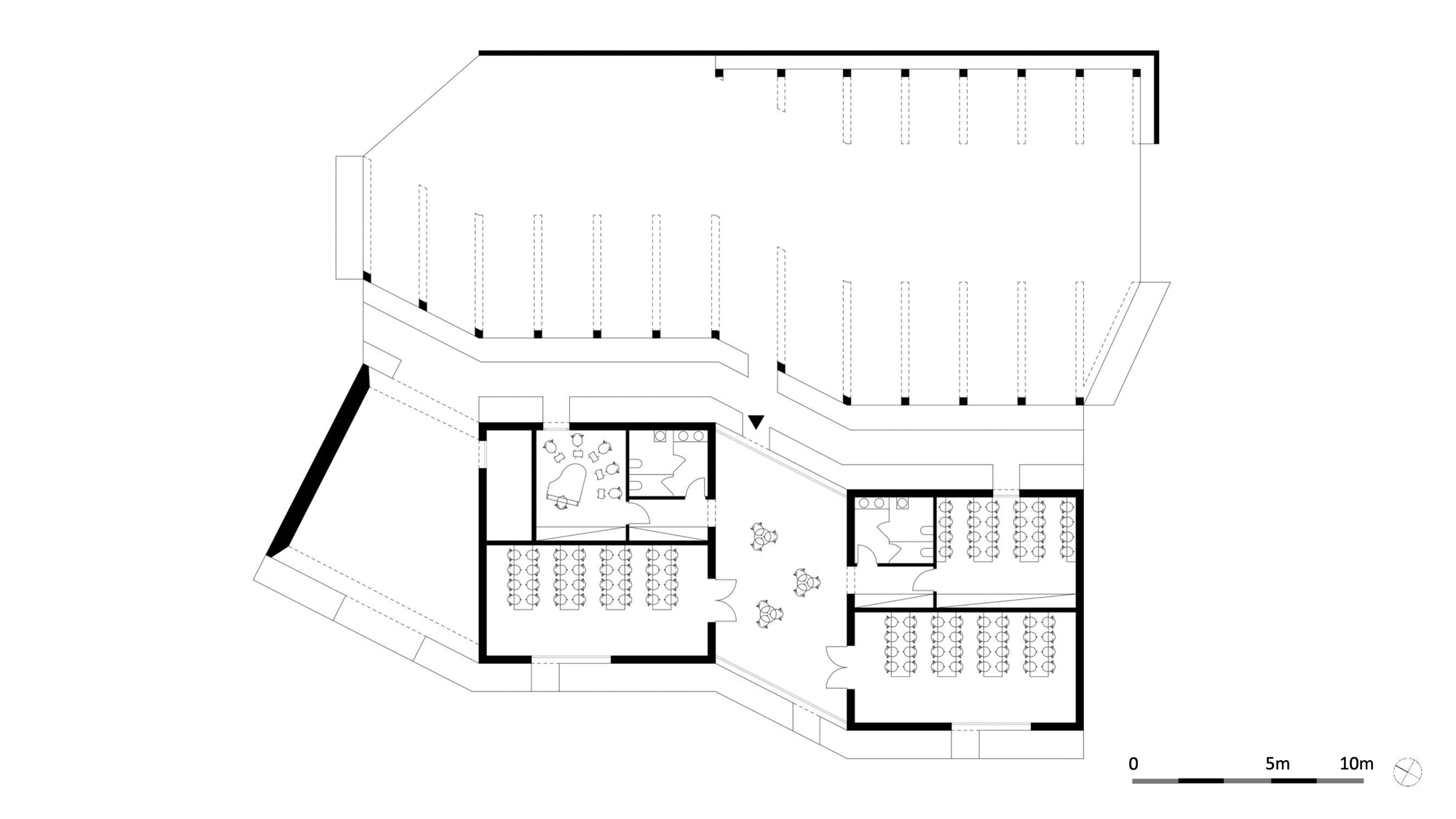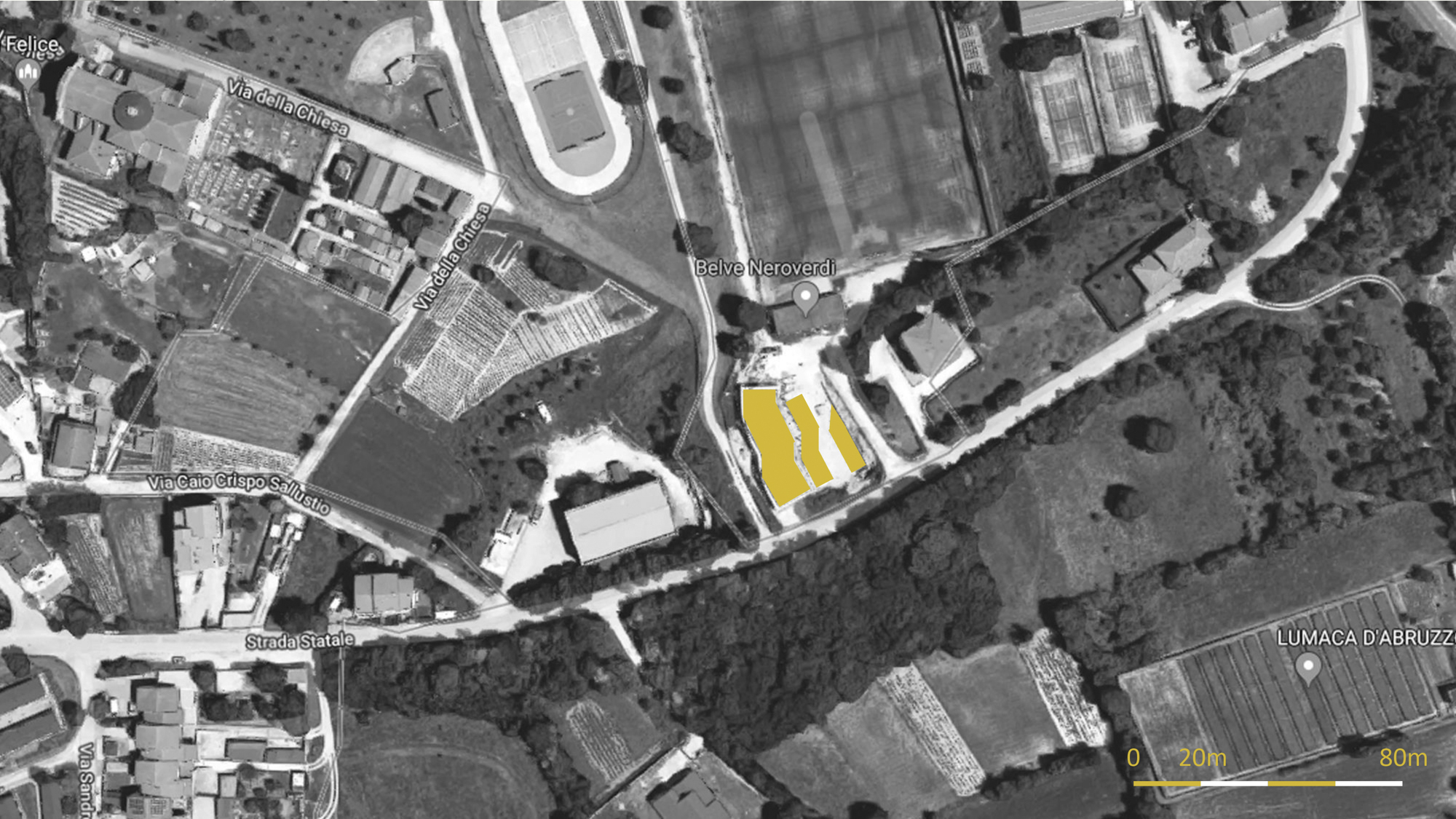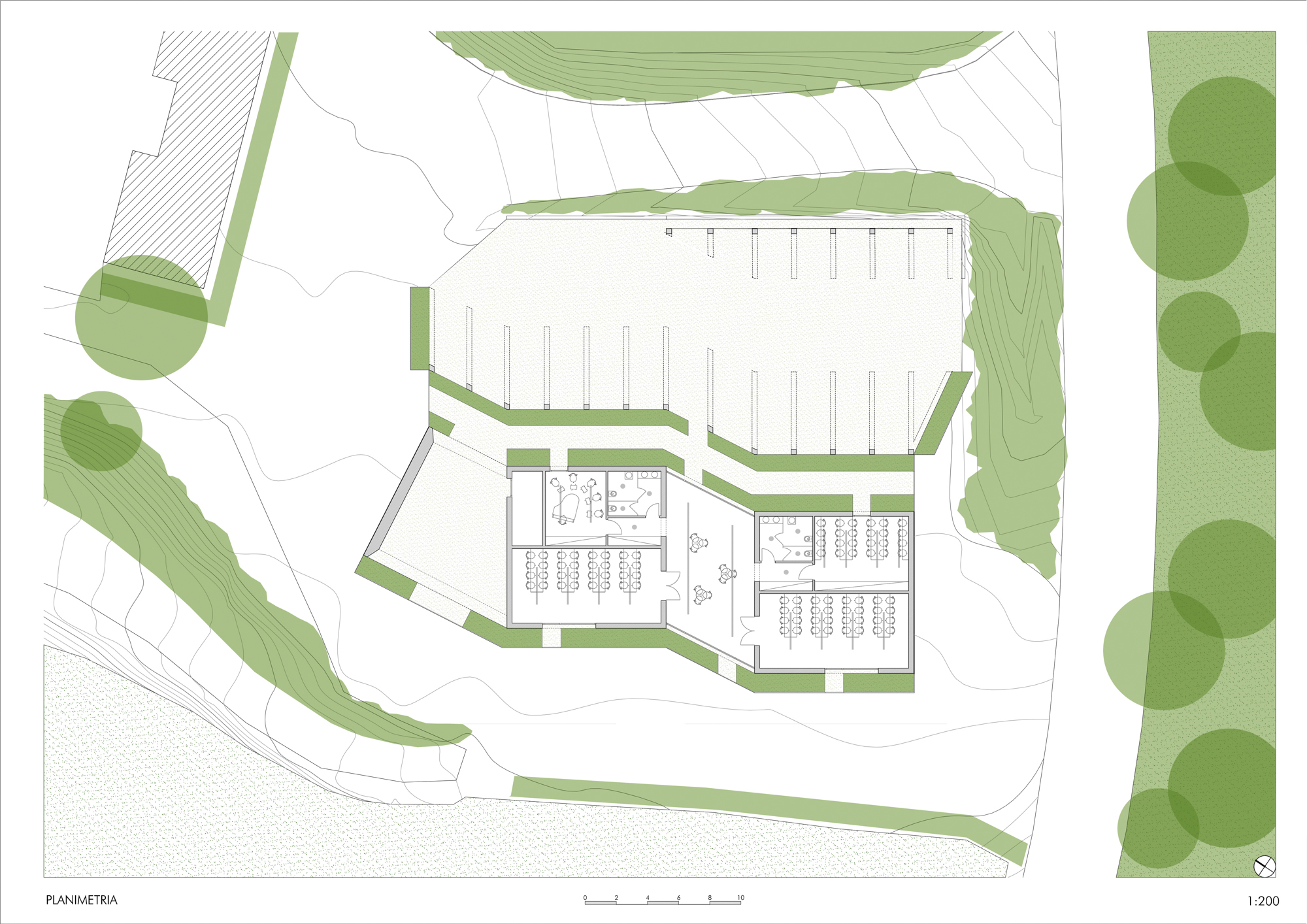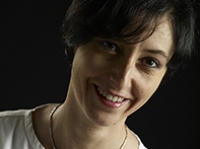
Elisa Burnazzi
- Site : www.burnazzi-feltrin.it
- Adresse : via Gocciadoro 160 38123 Trento
Elisa Burnazzi graduated from IUAV in 2001. She accomplished her training in prestigious firms, such as the Land Studio, Milano (architect Andreas Kipar).
In 2003 Elisa Burnazzi, together with Davide Feltrin, founded the practice Burnazzi Feltrin Architects. The studio believe that quality is an indispensable element in every phases from design to construction, both for urban planning as well as architecture. They see quality as a public value, capable of preserving and enhancing beauty when it is already there, or add it when it is missing. Only by having this value in minds one can respects history and landscape and also improve the living conditions of the citizens.
Extreme attention is payed to environmental, social and economic sustainability. For more than twenty years they have been focuses on upcycling (cretive reuse) for installations and to design energy-saving buildings.
In 2016 Elisa was shortlisted, the only Italian, for the international award “The Moira Gemmill Prize for Emerging Architecture” organized by The Architectural Review. In the same year the website Archdaily listed her among the 15 women architects who have designed exceptional projects all over the world. In the last few years she has been invited as a lecturer to several conferences, talks and seminars, such as the 57°10 Lecture Series at the Scott Sutherland School of Architecture and Built Environment in Aberdeen and Space&Interiors, an event curated by Stefano Boeri Architects, part of the FuoriSalone 2018 in Milan.
In 2018 she was featured in the ebook Architette=Women Architects, Here we are!, a collection of 365 profiles of women architects from all around the world.
Since 2016 she has been invited to join the jury panel of national and internationals awards such as The American Architecture Prize. From 2015 to 2019 she has been a councillor, the person in charge of the Competition commission and a member of the Equal Right panel, for Ordine degli Architetti PPC della Provincia di Trento.
In 2022 her work "Centro Santa Chiara installation and signage" won the AIDIA Award for projects that are innovative, courageous, creative and able to improve the quality of life of the community in which they are built. Since that year she's been part of AIDIA (Italian Association of women engineers and architects).
|
Multi aged community center
Poggio Picenze, a town located in Abruzzo, an Italian region, was badly damaged by the earthquake of 2009. Five people died and one thousand were living in a camp. The photograph of a mother and her baby, published on many Italian newspapers, gave the way to start a private collection funds, managed by a steering committee (composed of Associazione Nazionale Cantanti, La Provincia editoriale, and some others) to built a new civic centre. In 2011 the company, which was constructing our first building, and which was involved in the town reconstruction, called us to design this building. Our goal as designer was to build an architecture which was not only functional, but also able to touch people's feelings.
While the building's zig-zag shape, a reinterpretation of Burri's Grande Cretto in Gibellina, evokes the destructive event, the greened façades and roof inspire hope for the future. The roof resembles the mountain topography and clematis climb on ropes:the building links the landscape with the earth.
The layout consists of a main building, with two multi-porpouse rooms, a small library and a music room, and 2 pergolas for parking cars and bikes. There are also open covered spaces.
Even with limited funds, and burned by bureaucratic glitches, all the players collaborated and the construction started in January 2014, in a snowy winter. Italian people say “snow year, rich year”. Indeed one year later, the building was completed.
Adults use the centre for training courses, dancing or parties, children for kung fu, gym practice, doing homework and the local rugby team for the third half time.
Seen from the urban park the architecture becomes a part of this nature. This project started with a photograph of a sad mother and her child and finishes with photographs of happy children's. This is the power of architecture.
|


